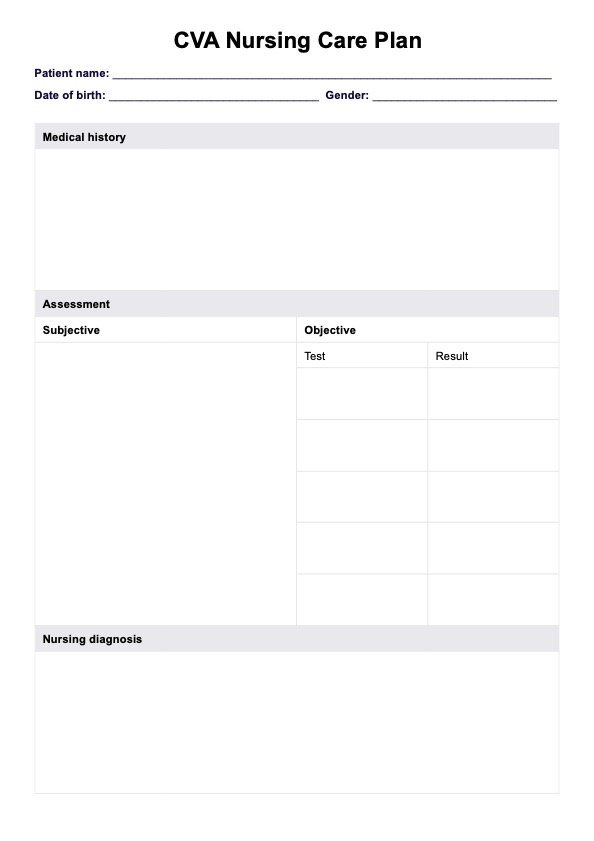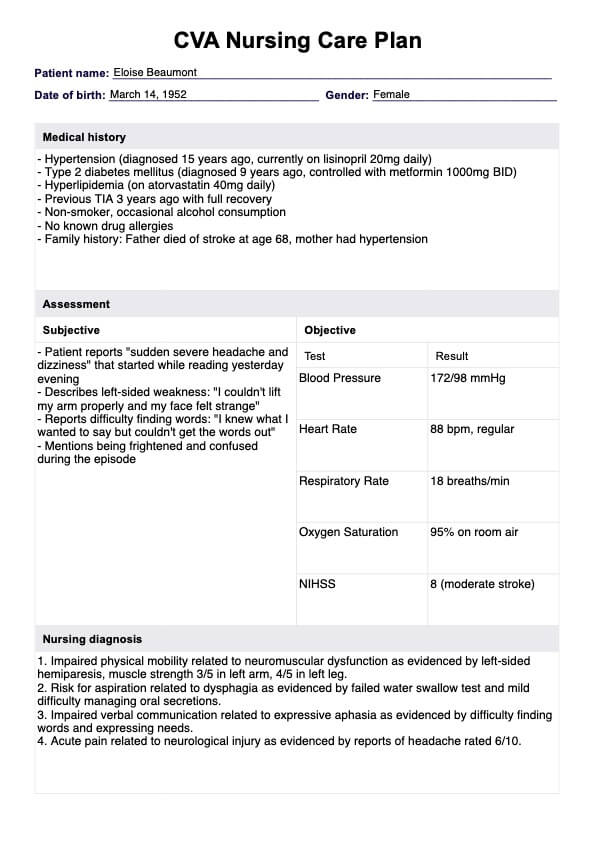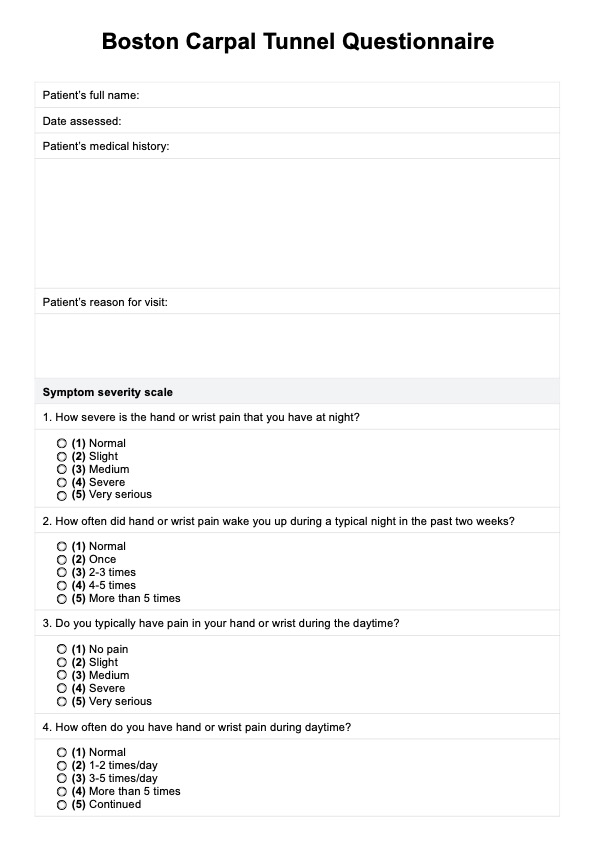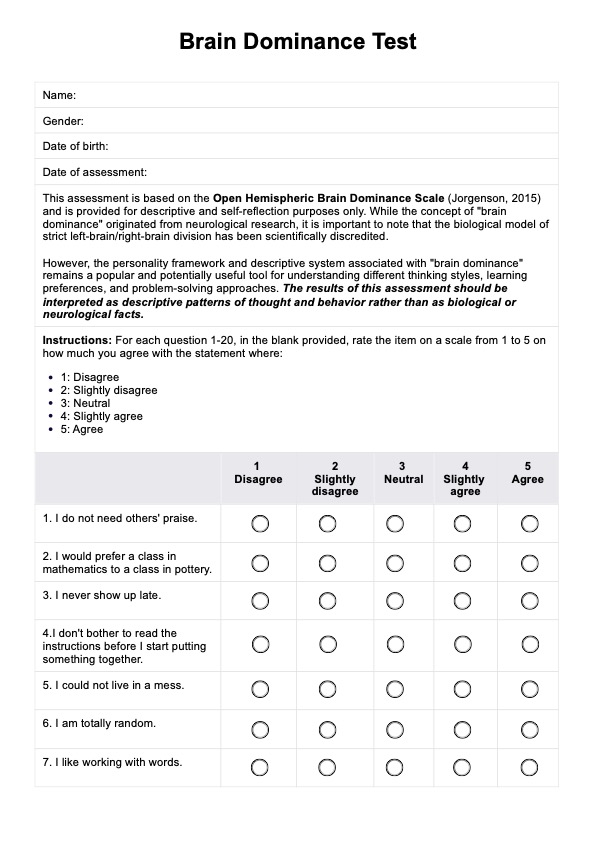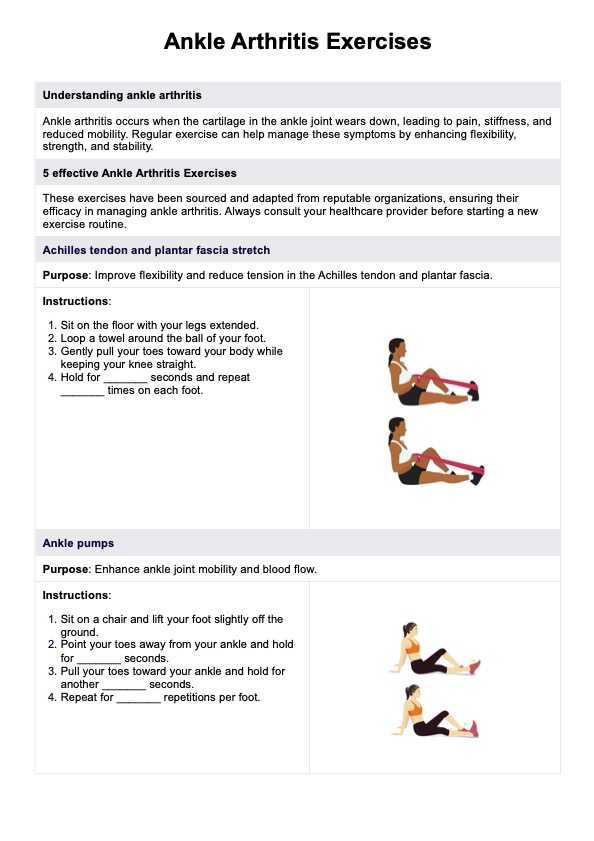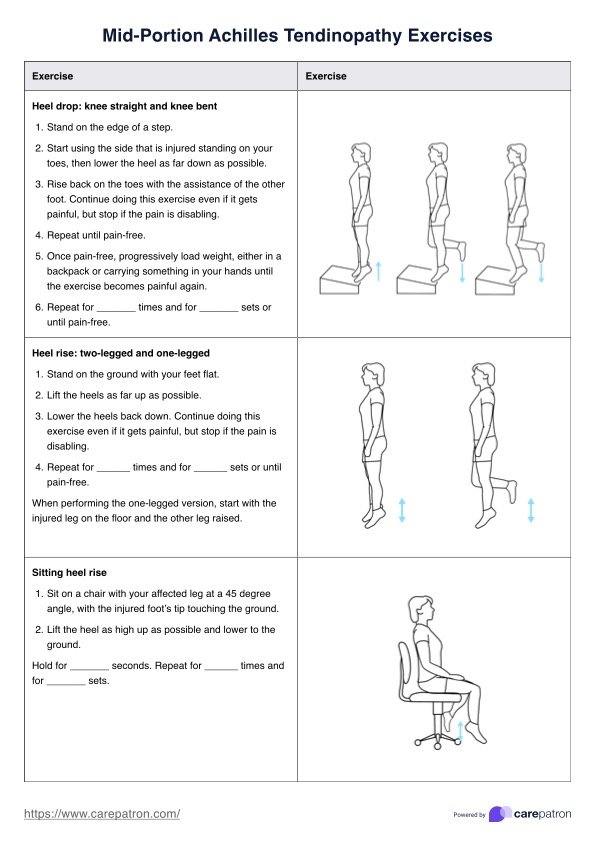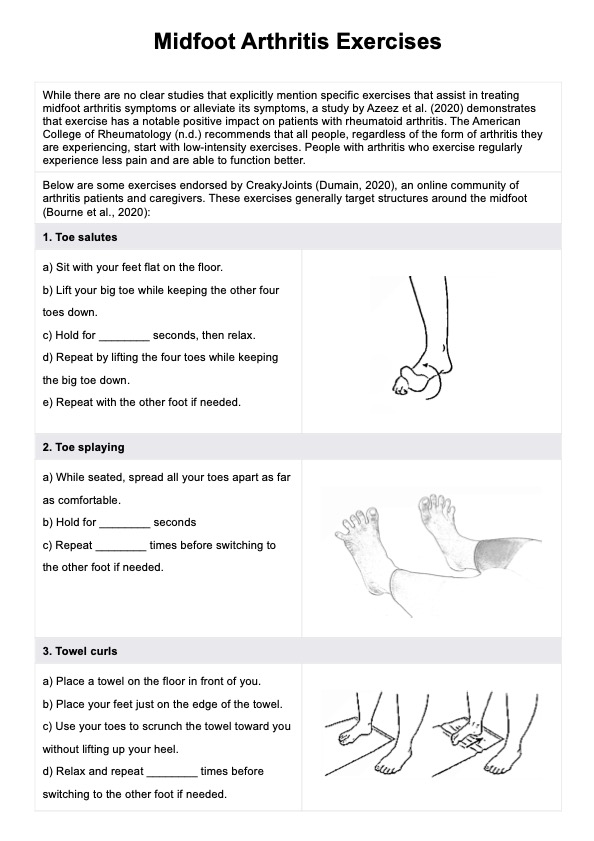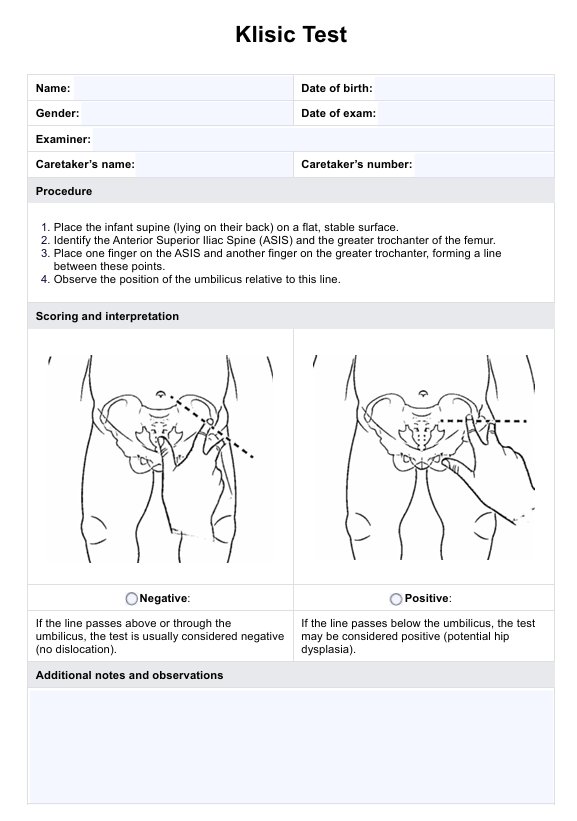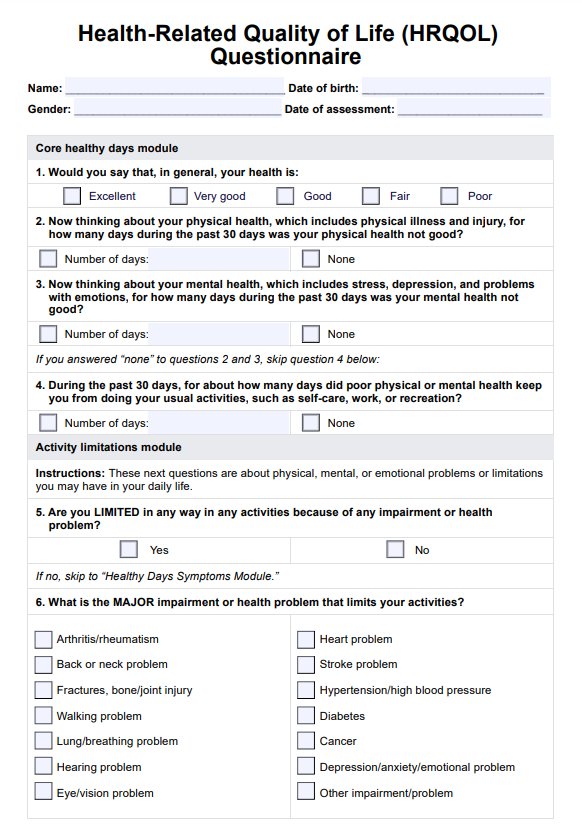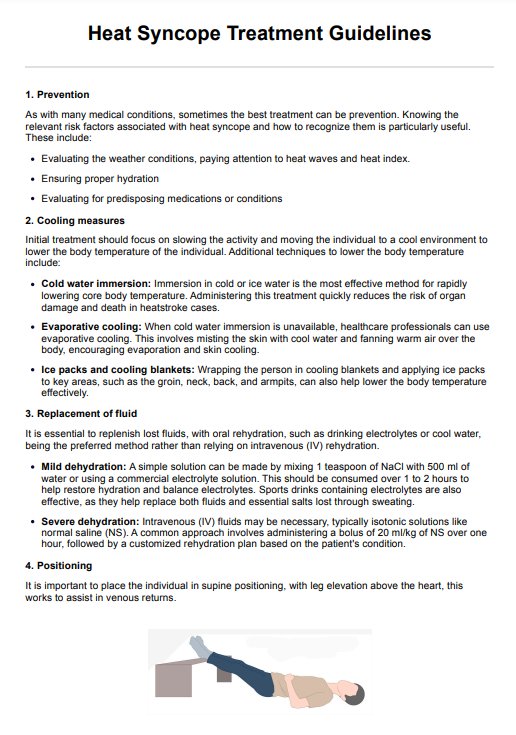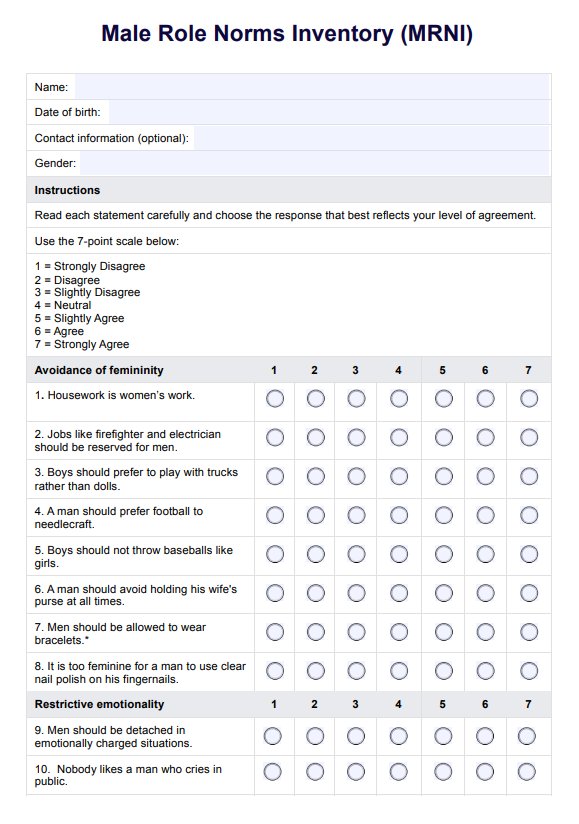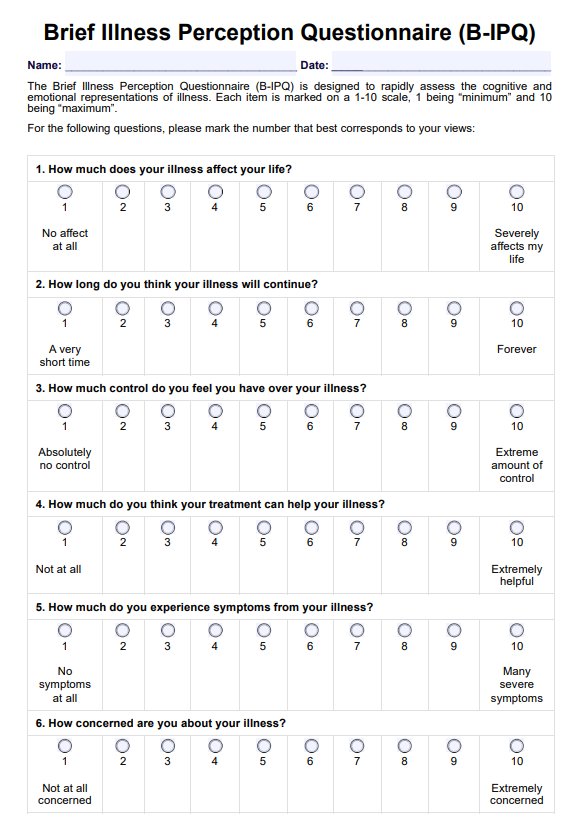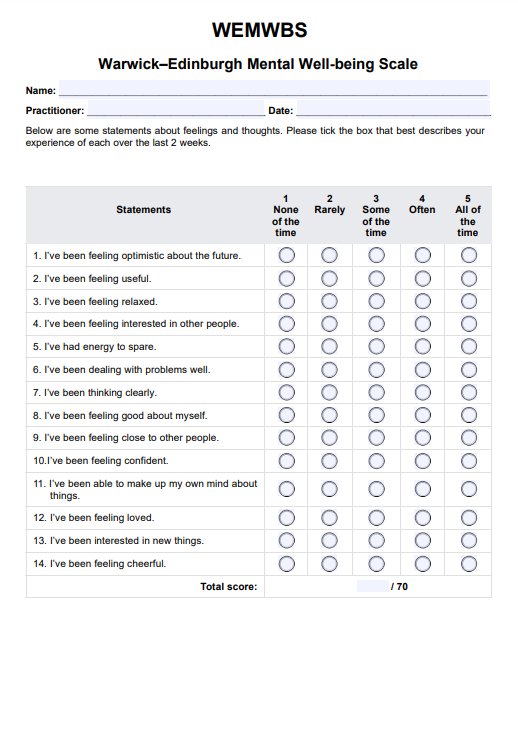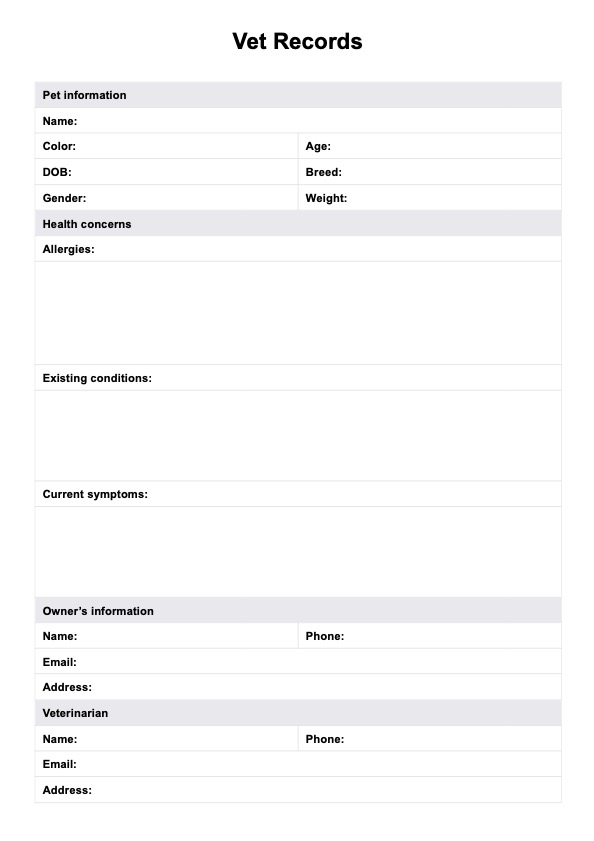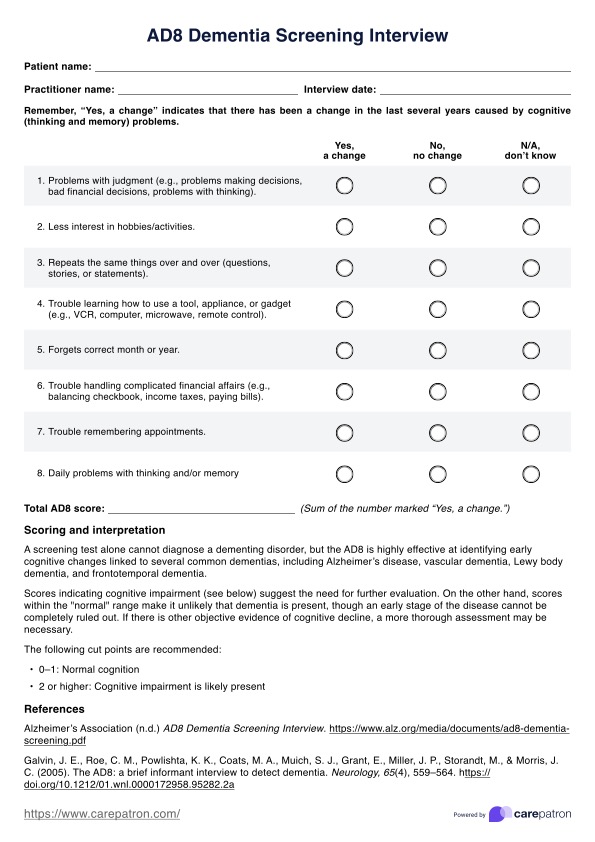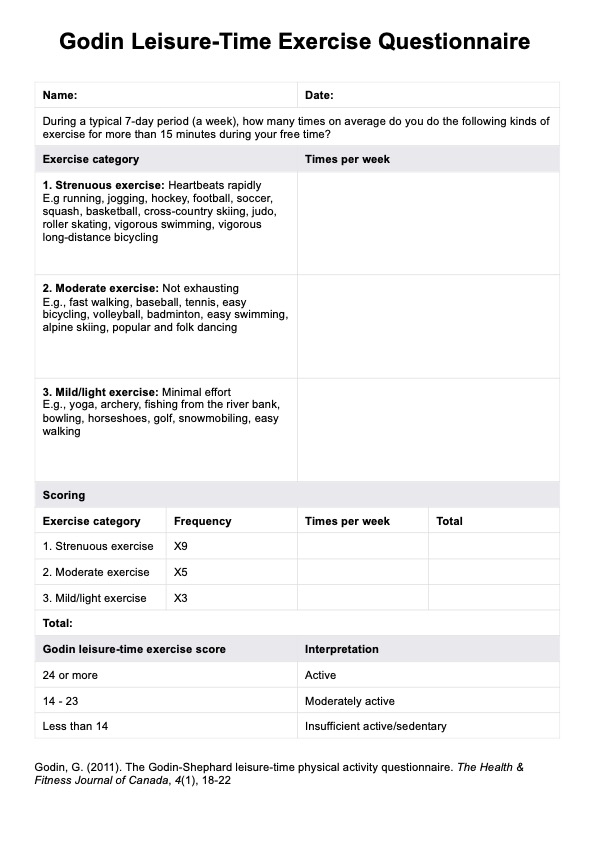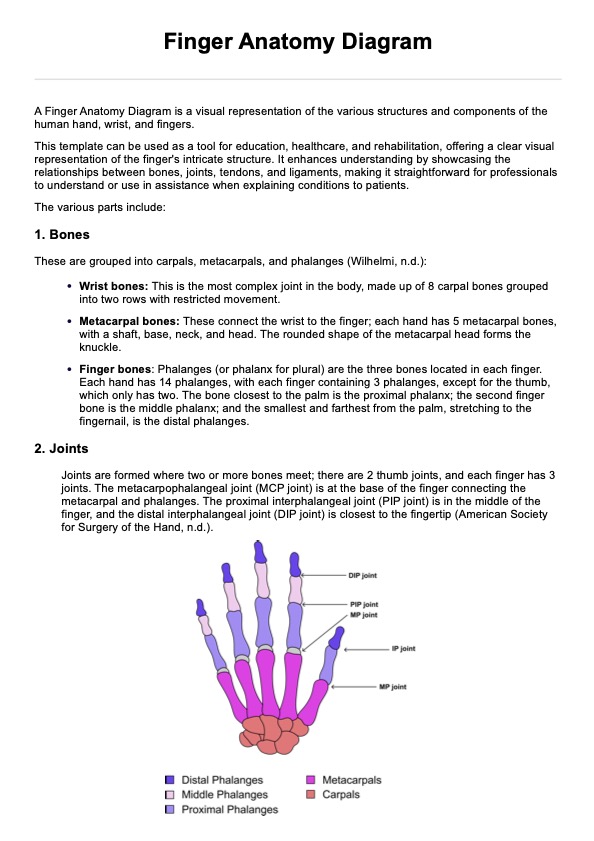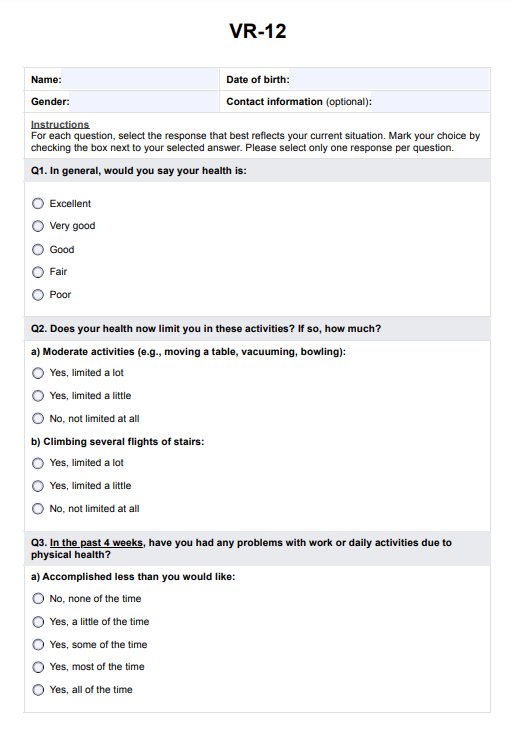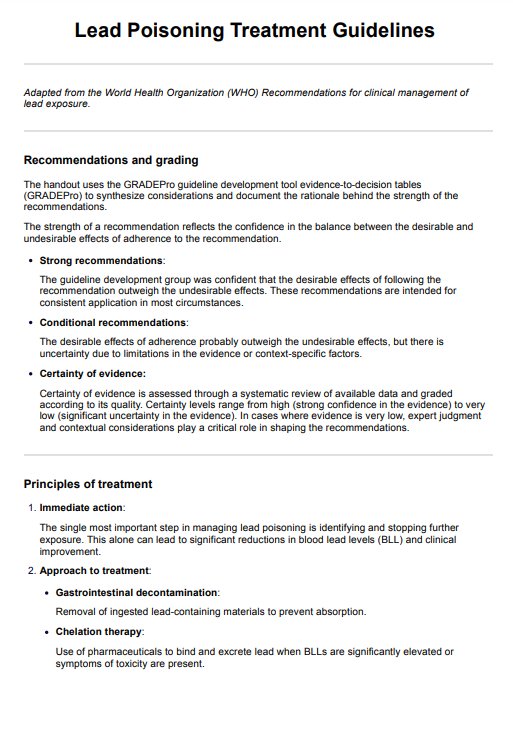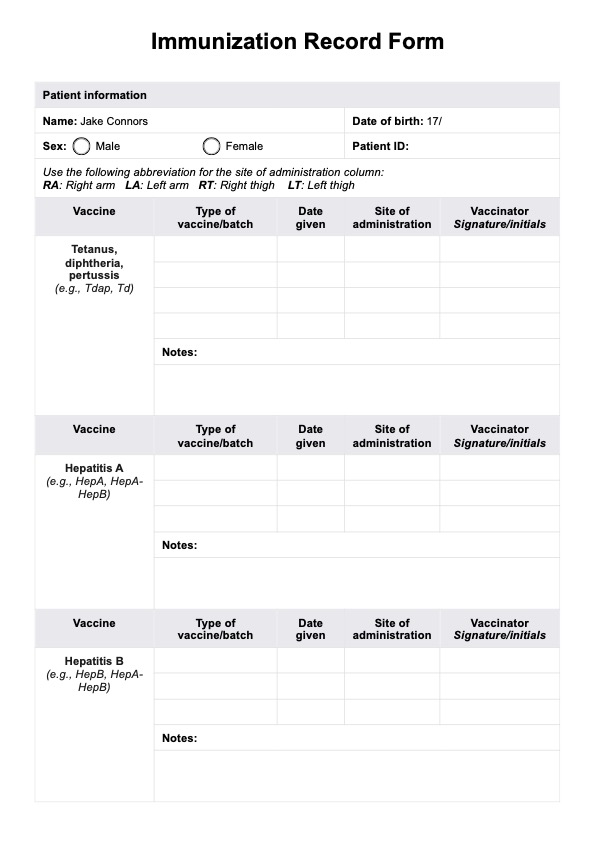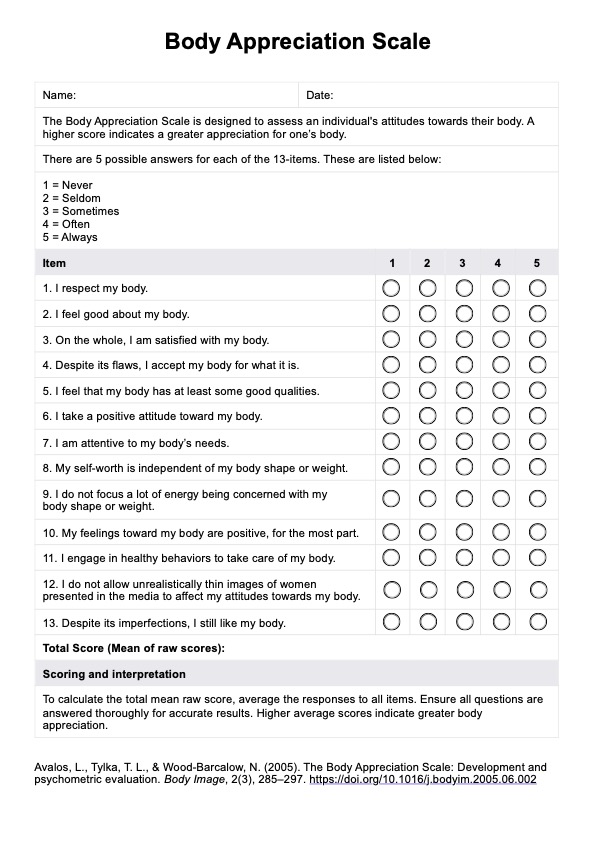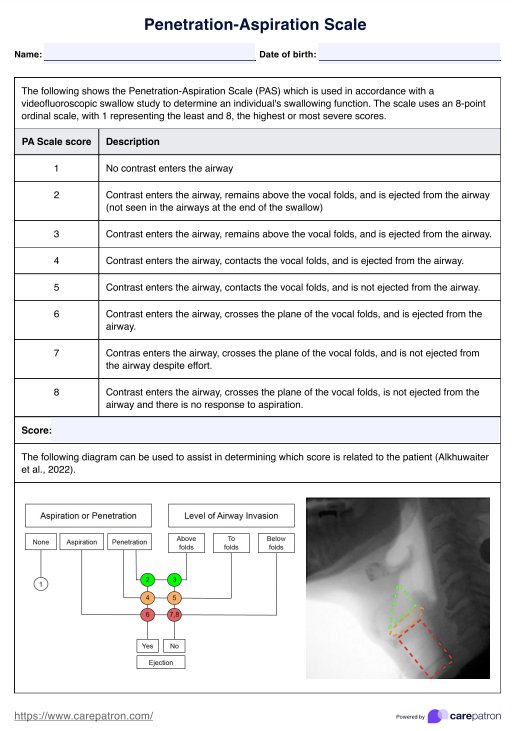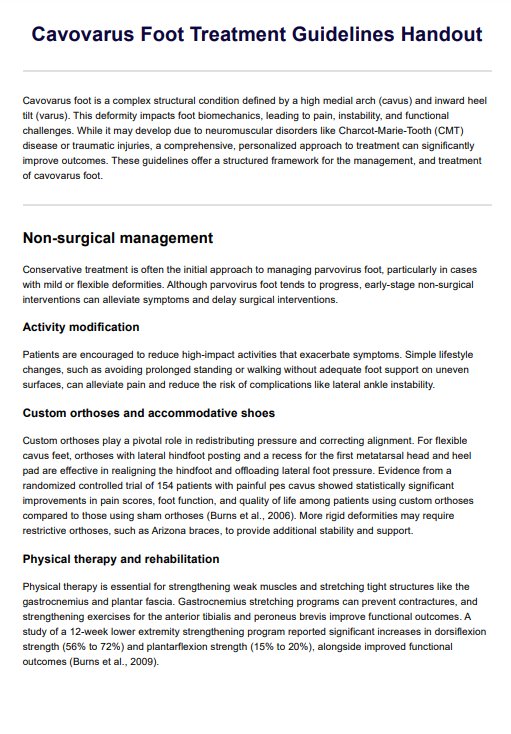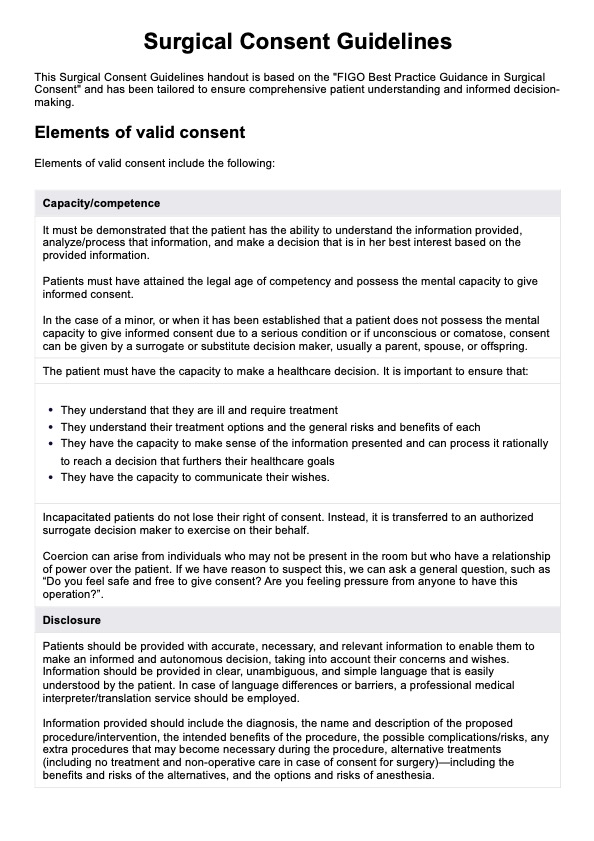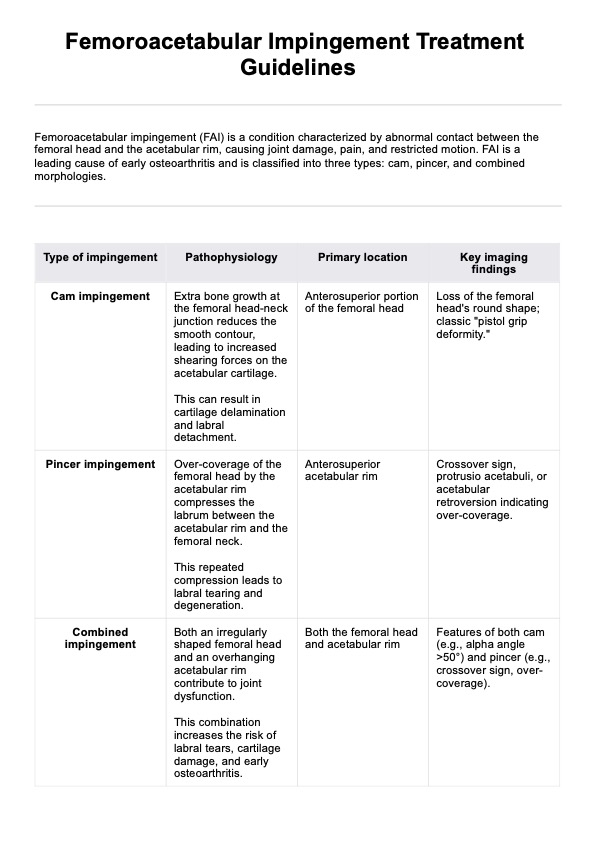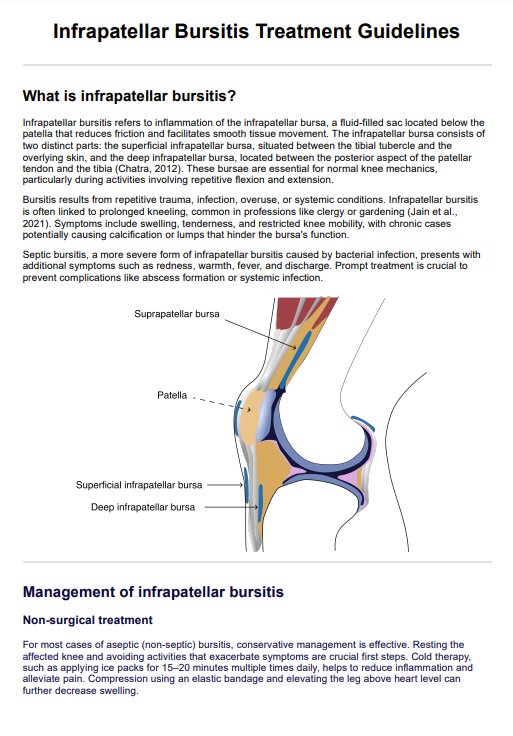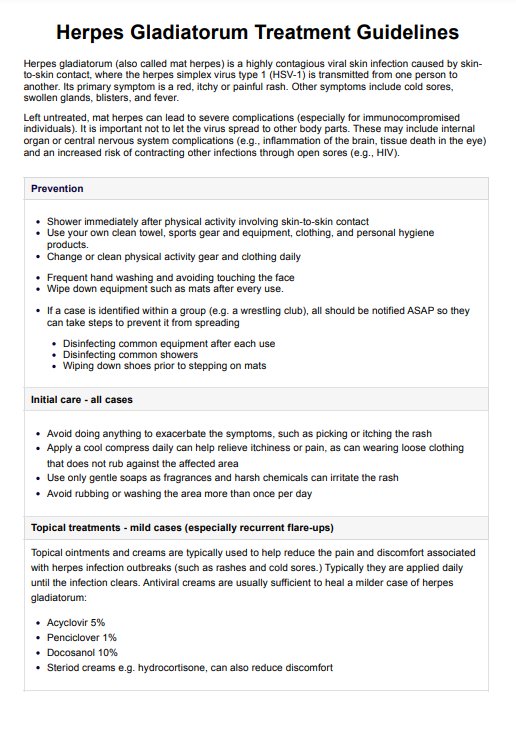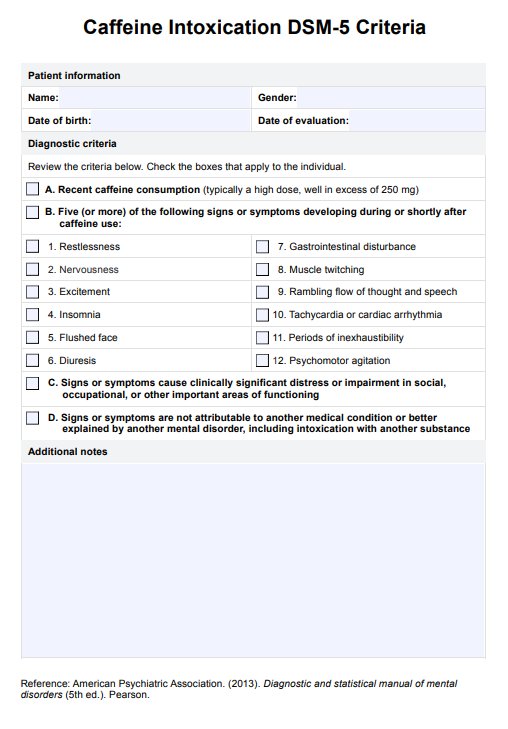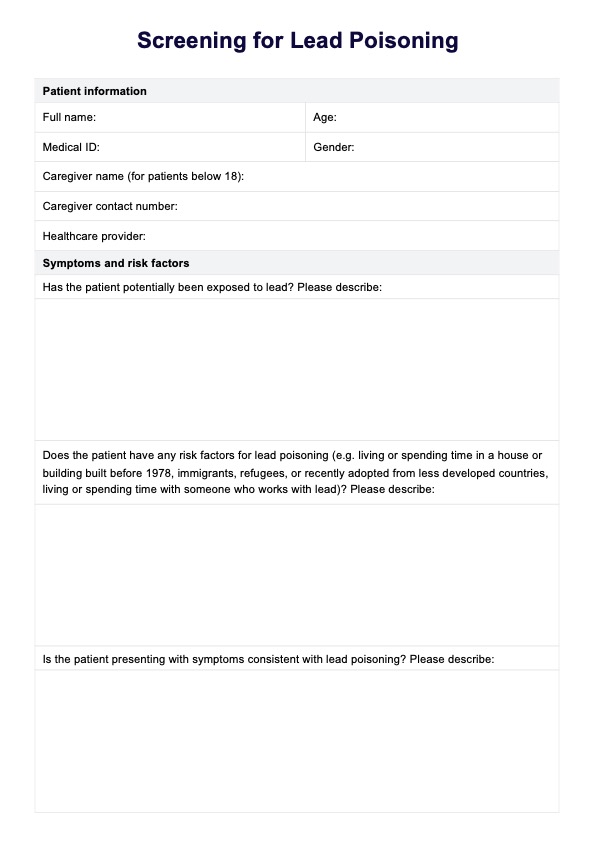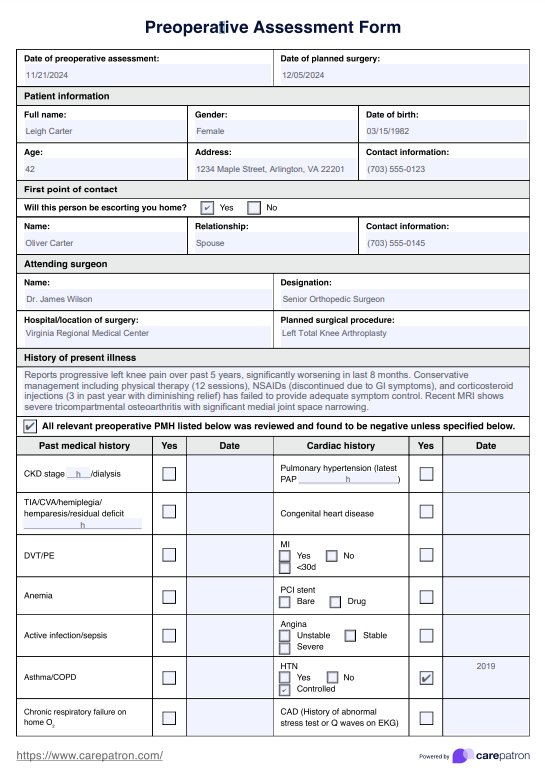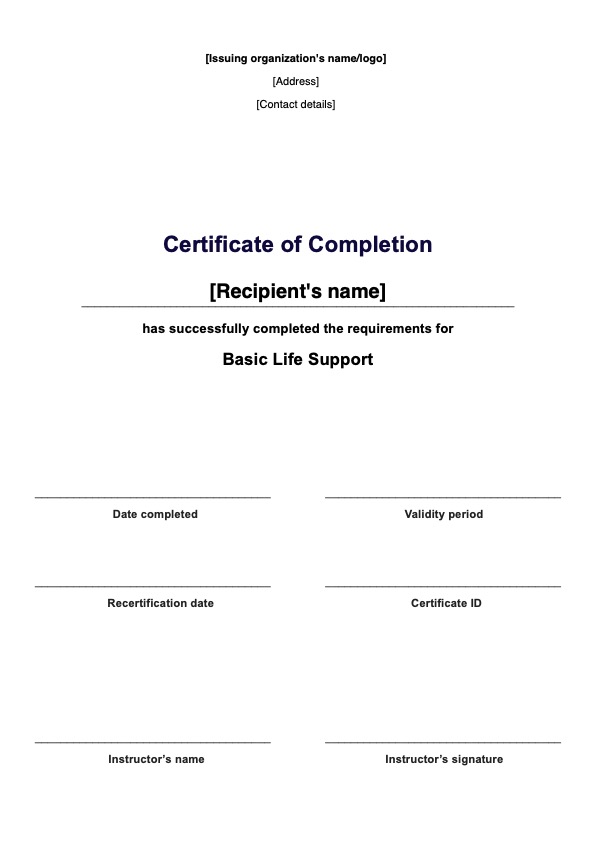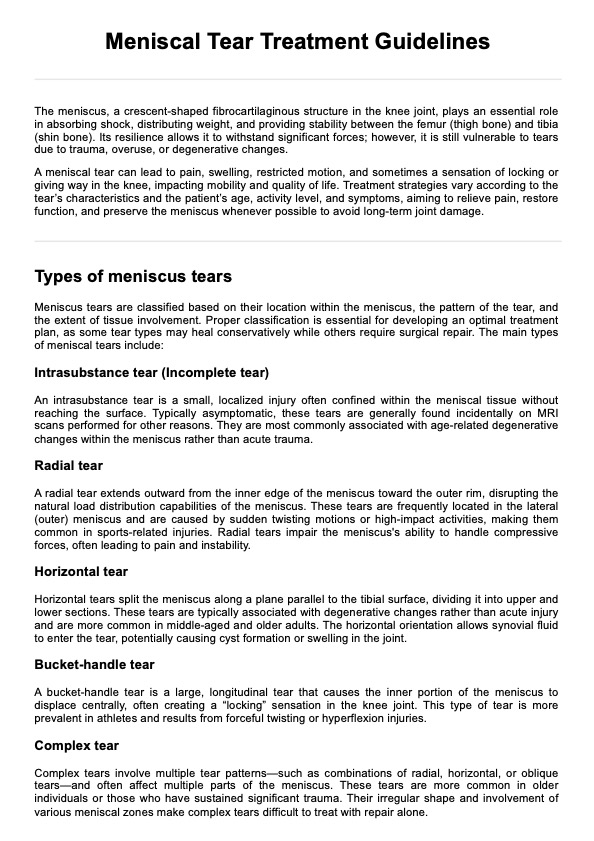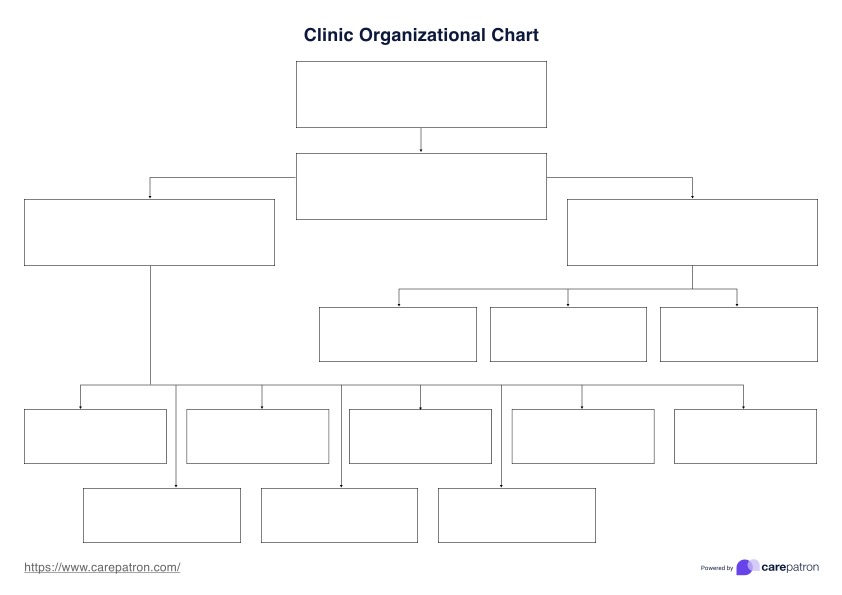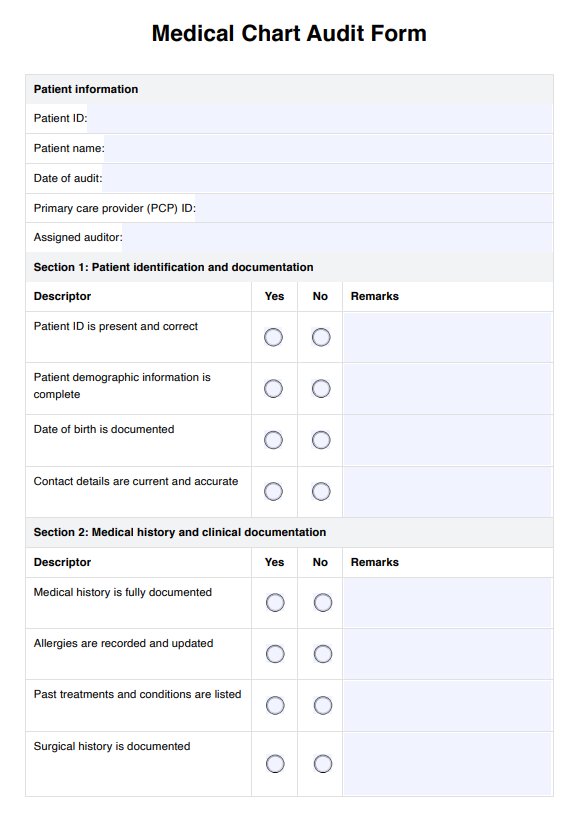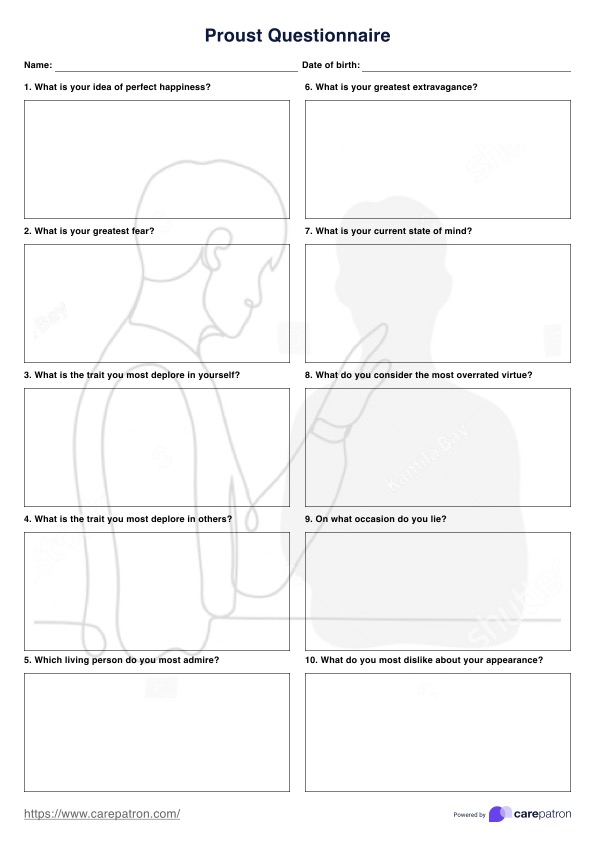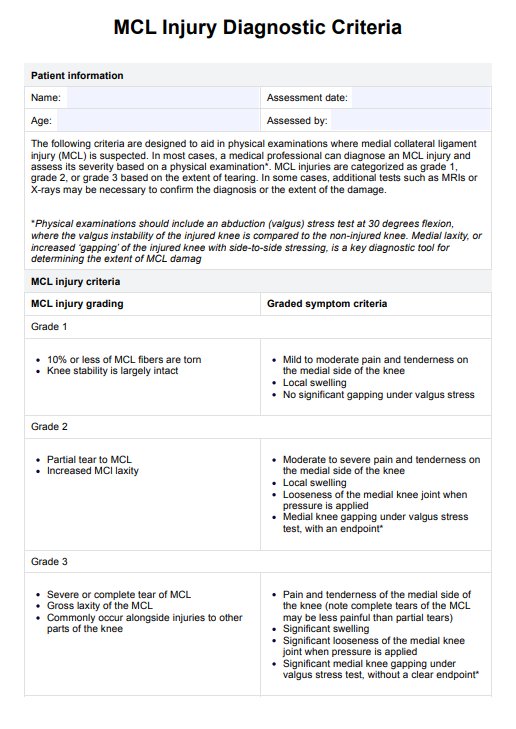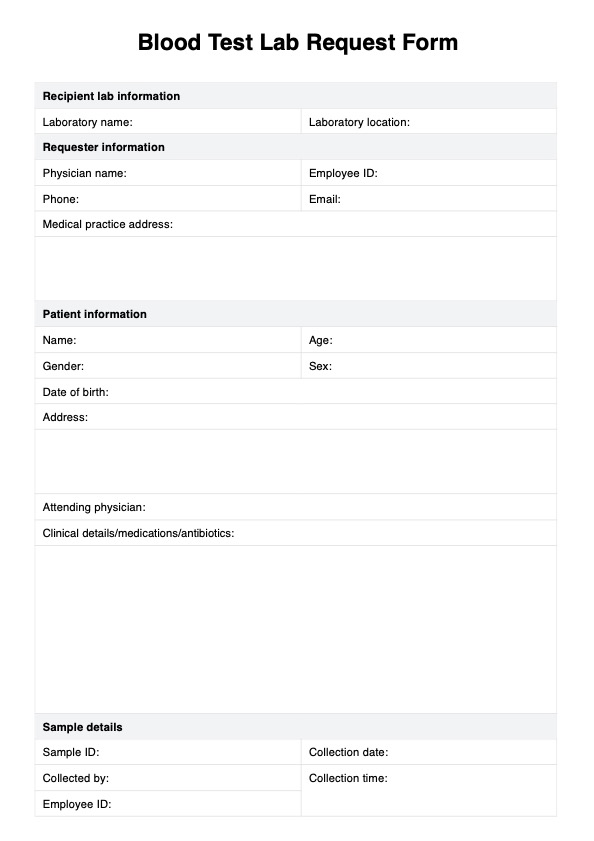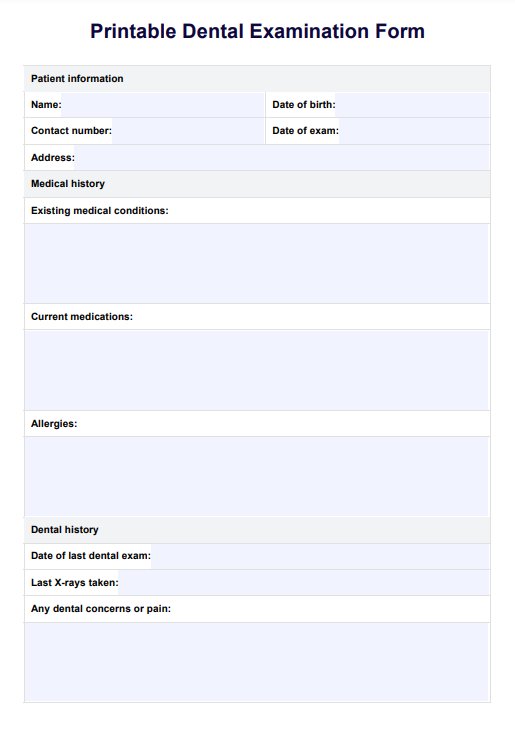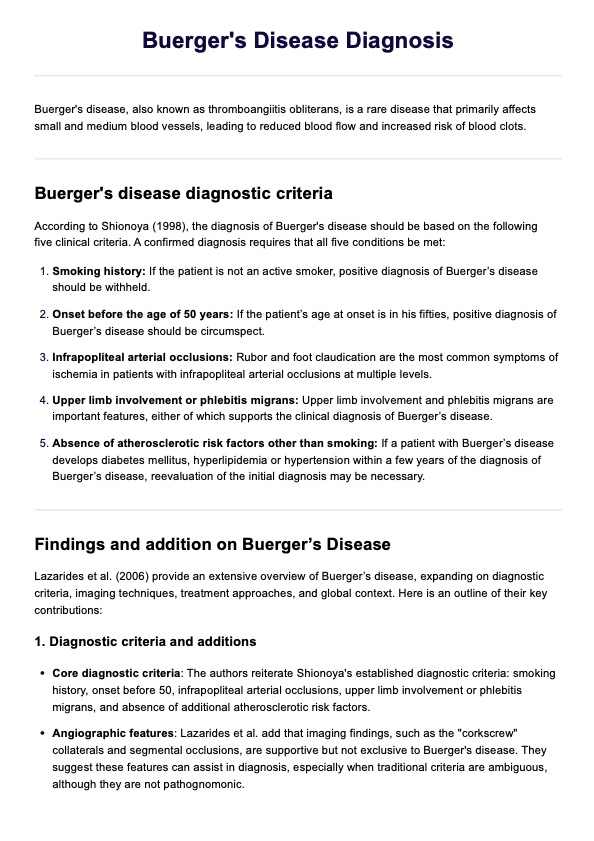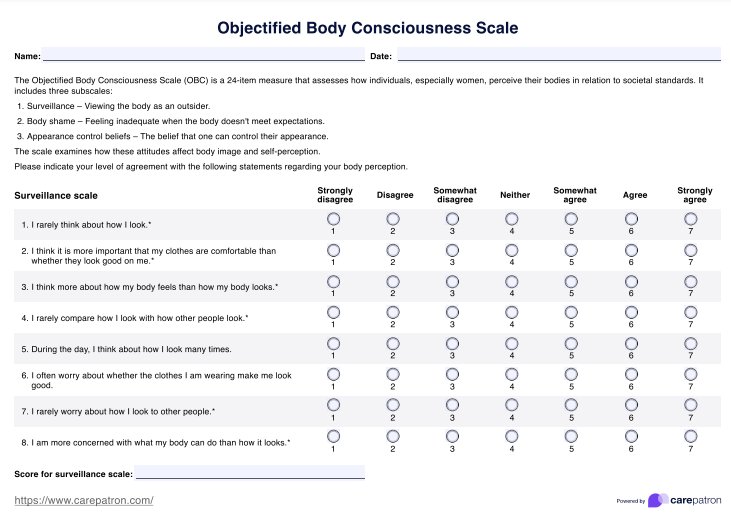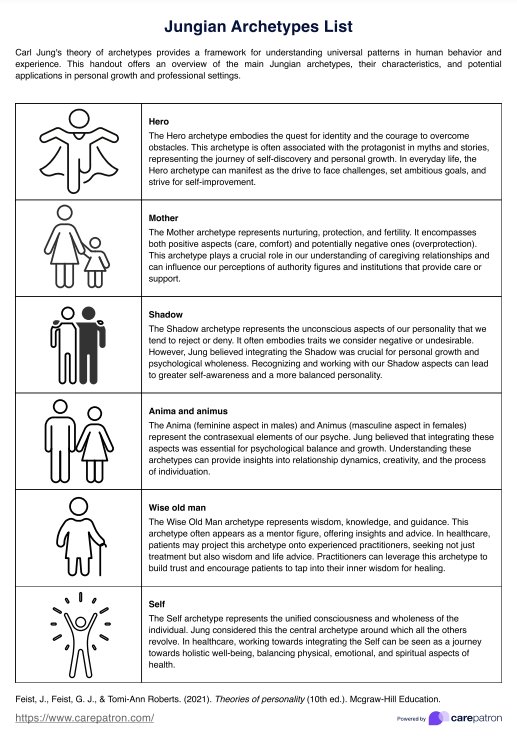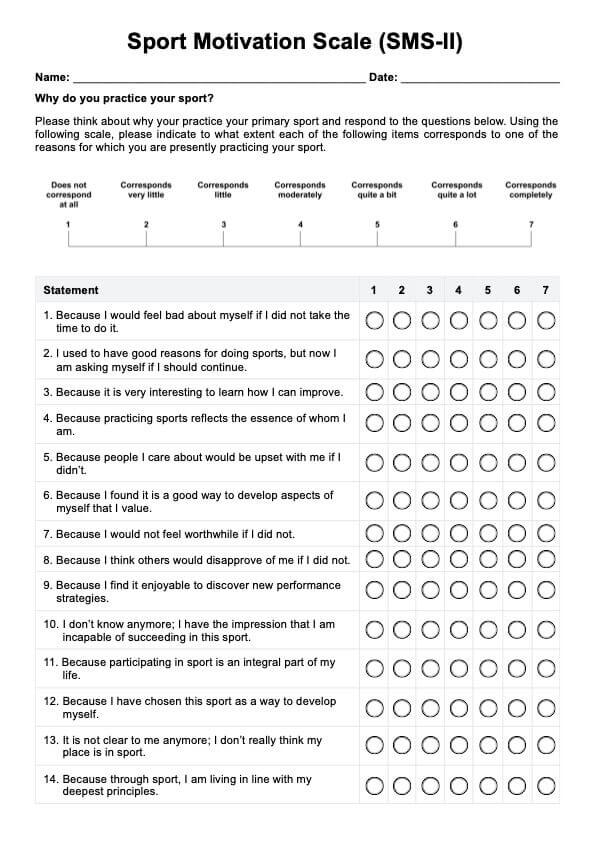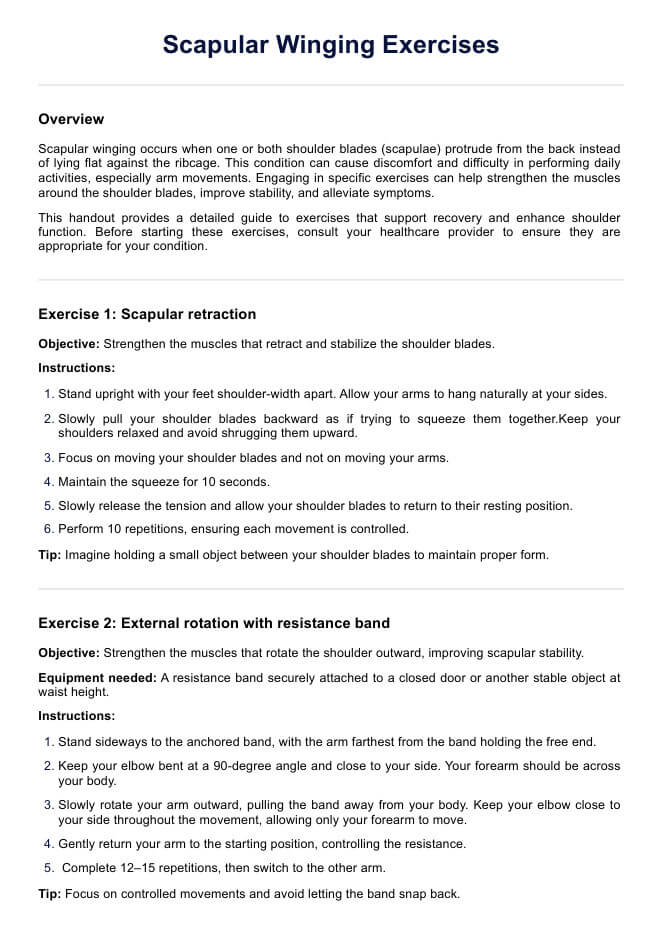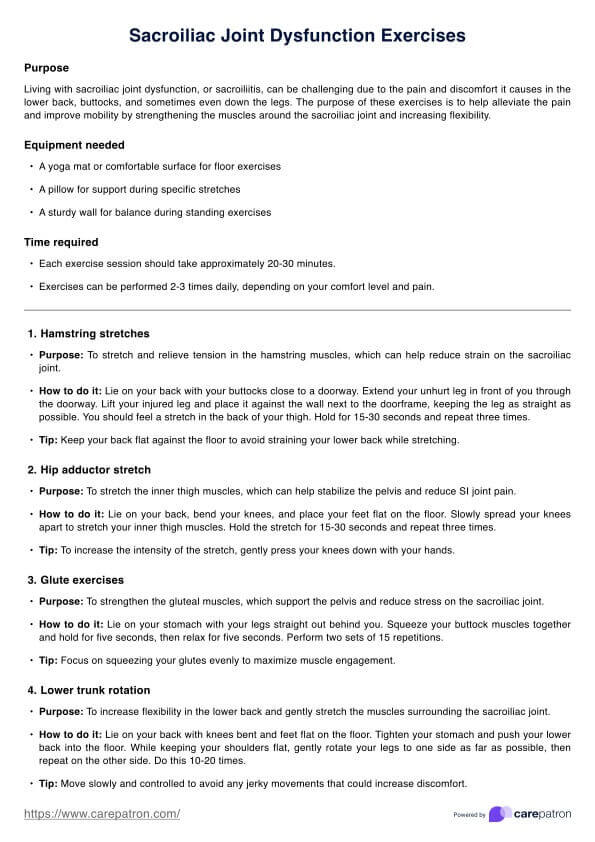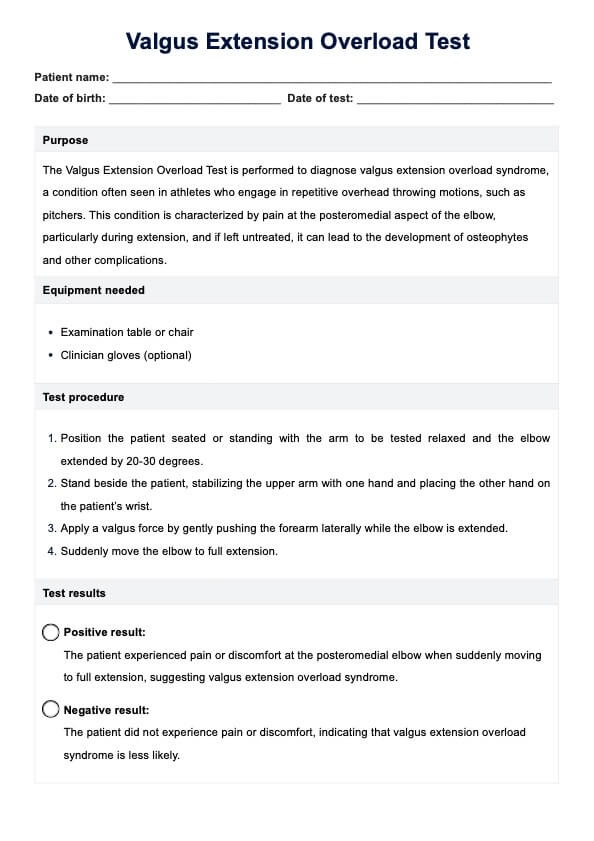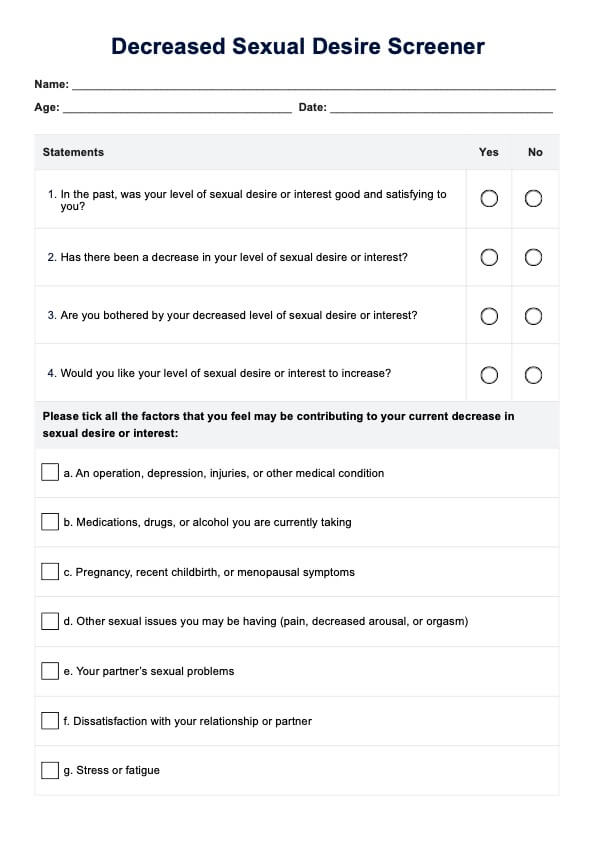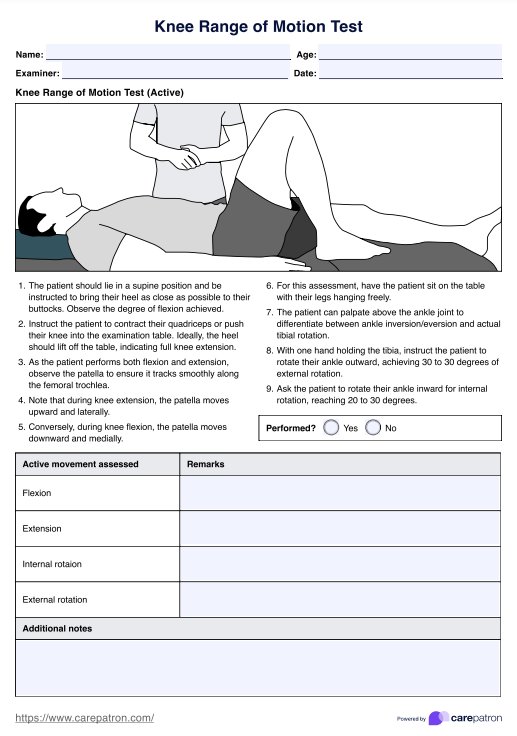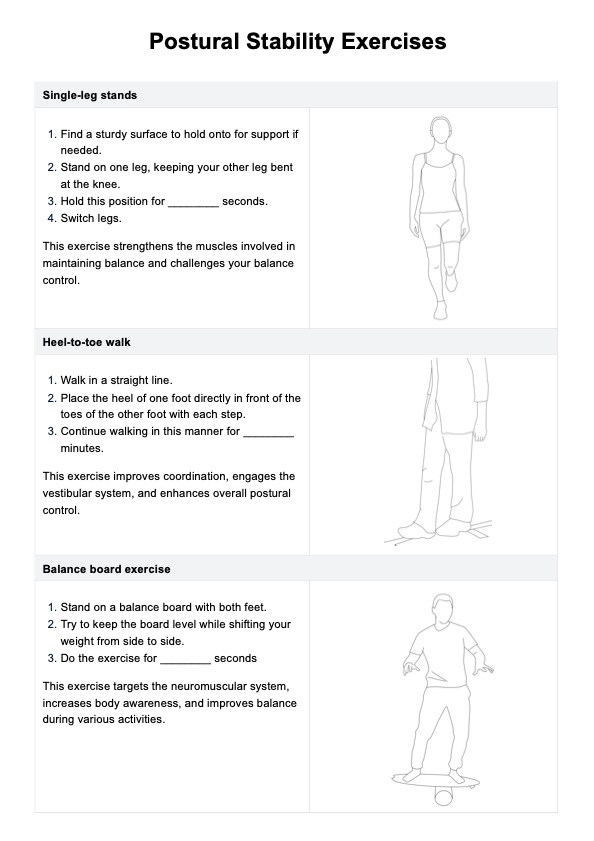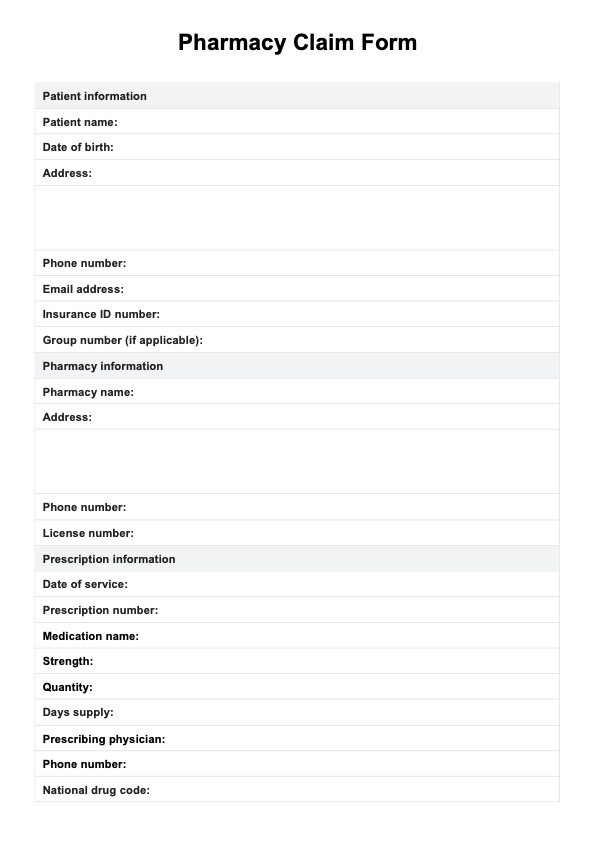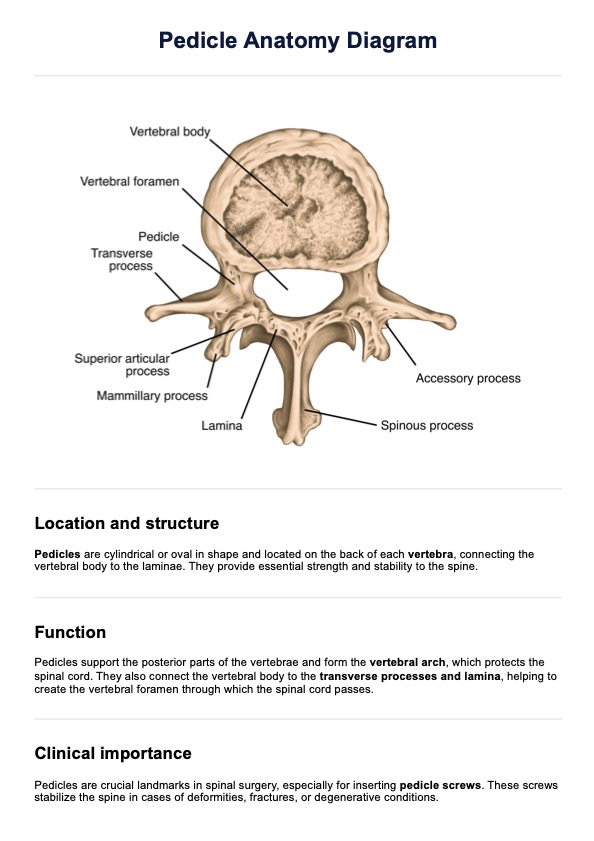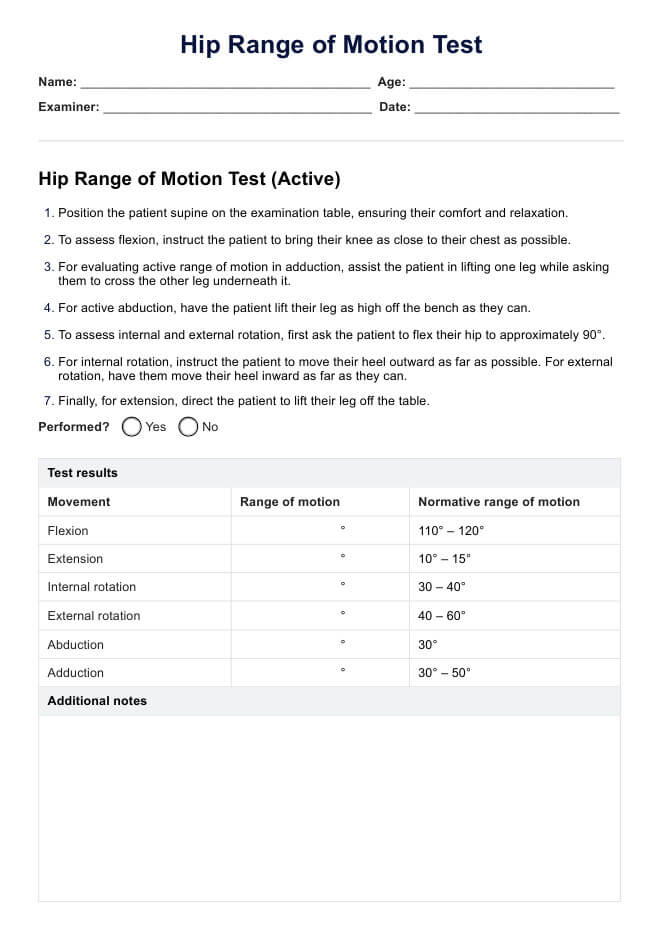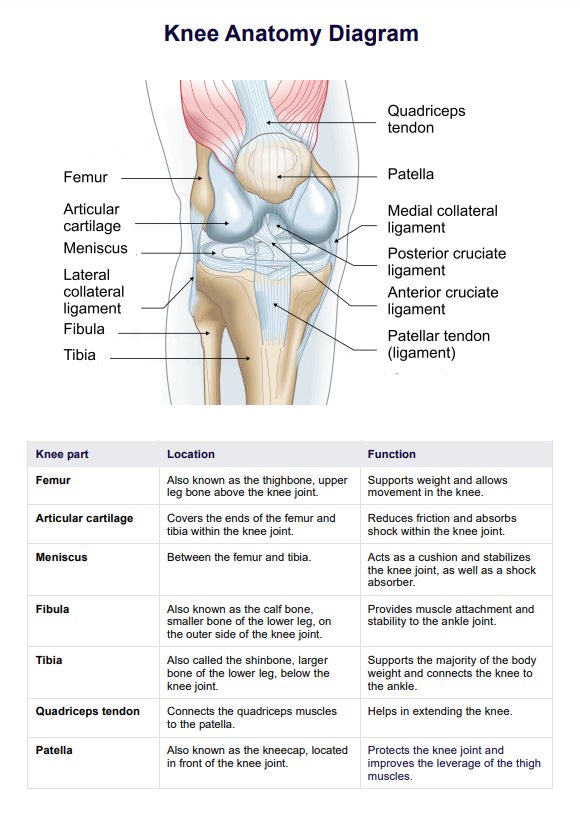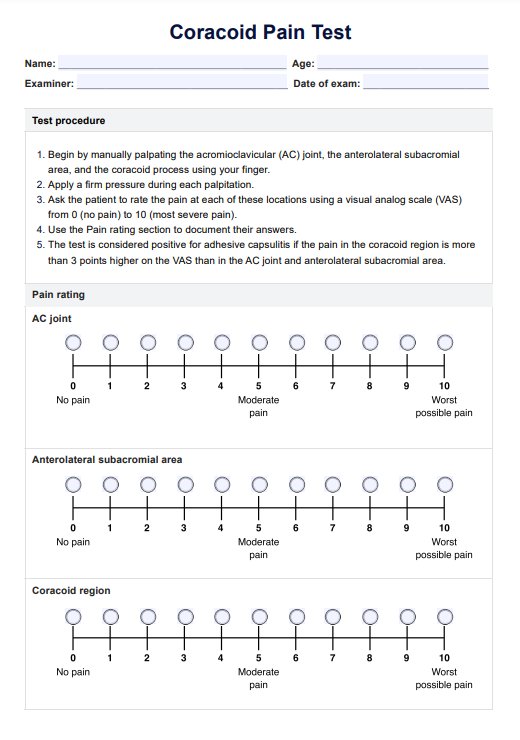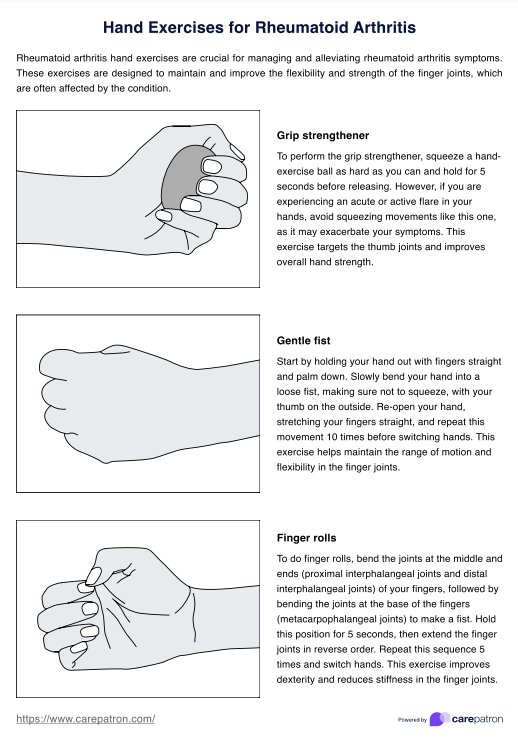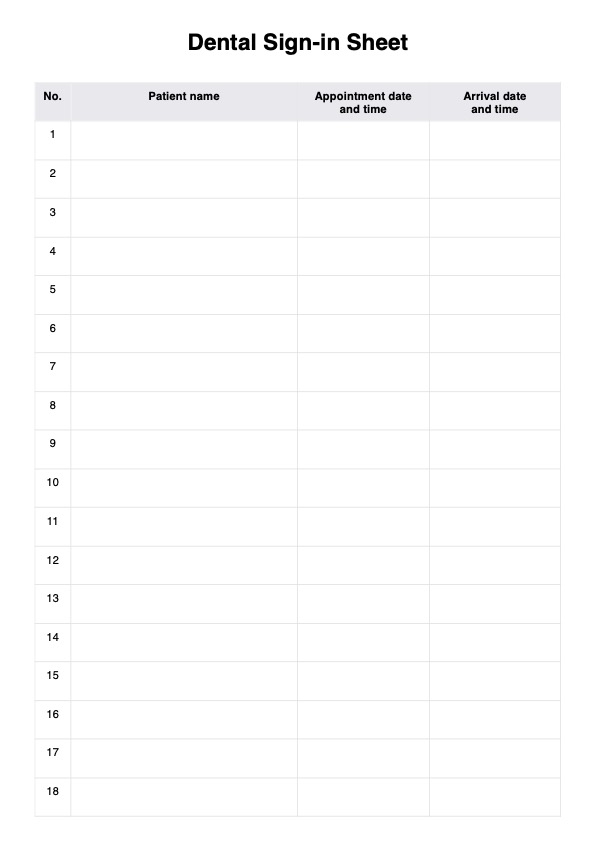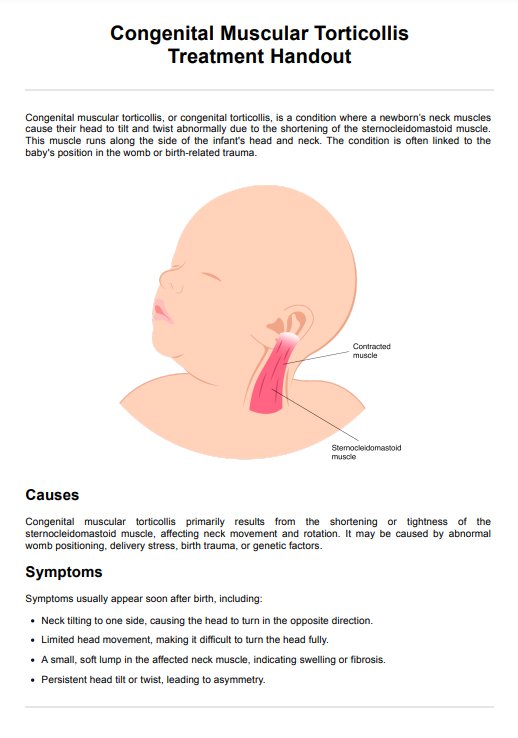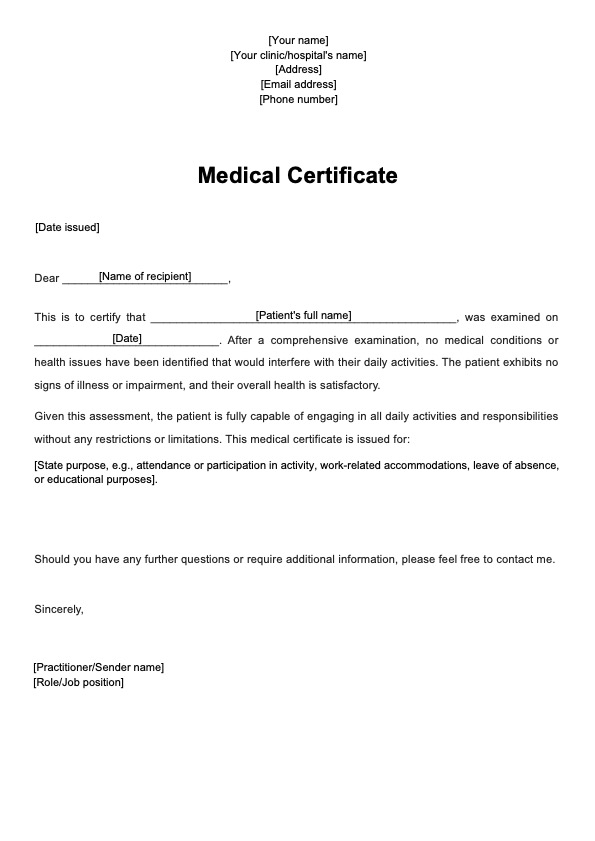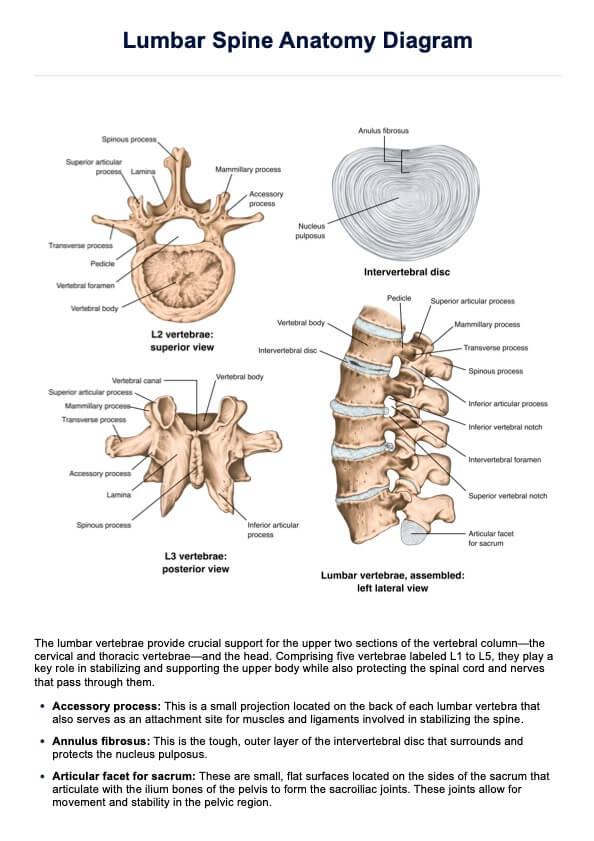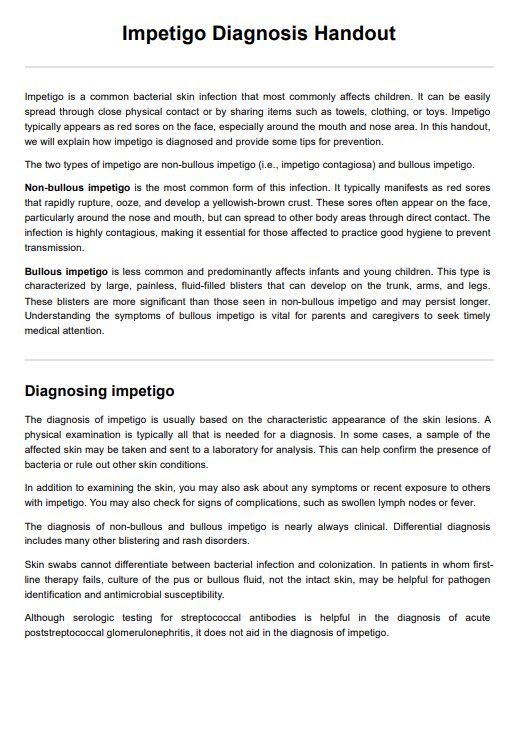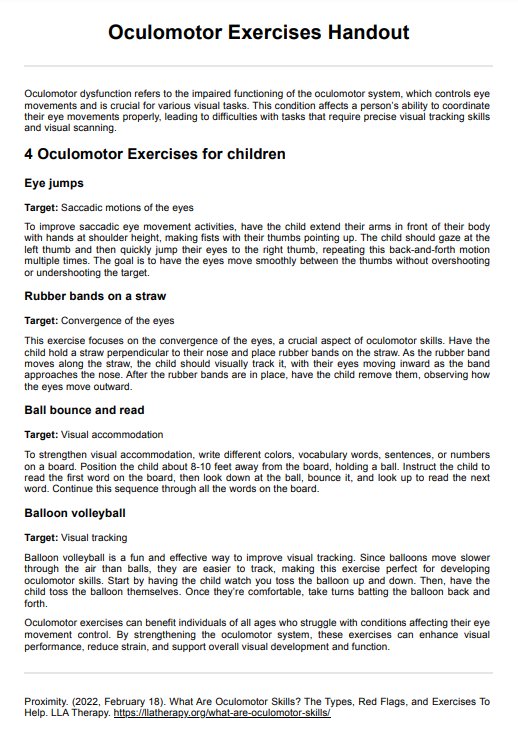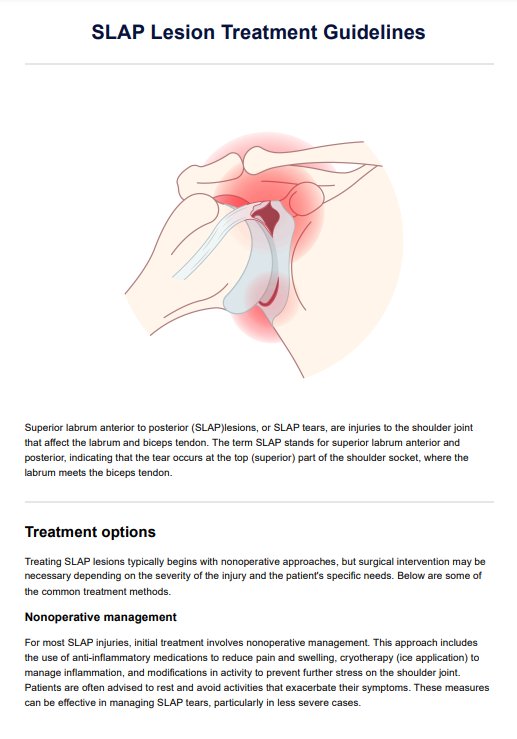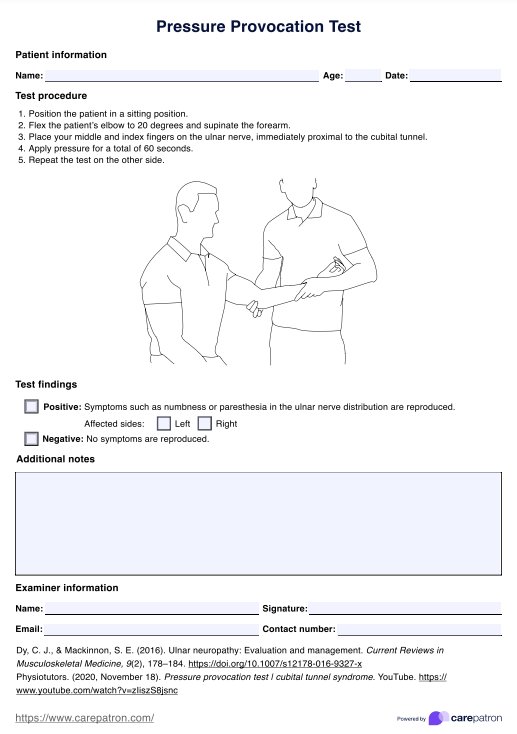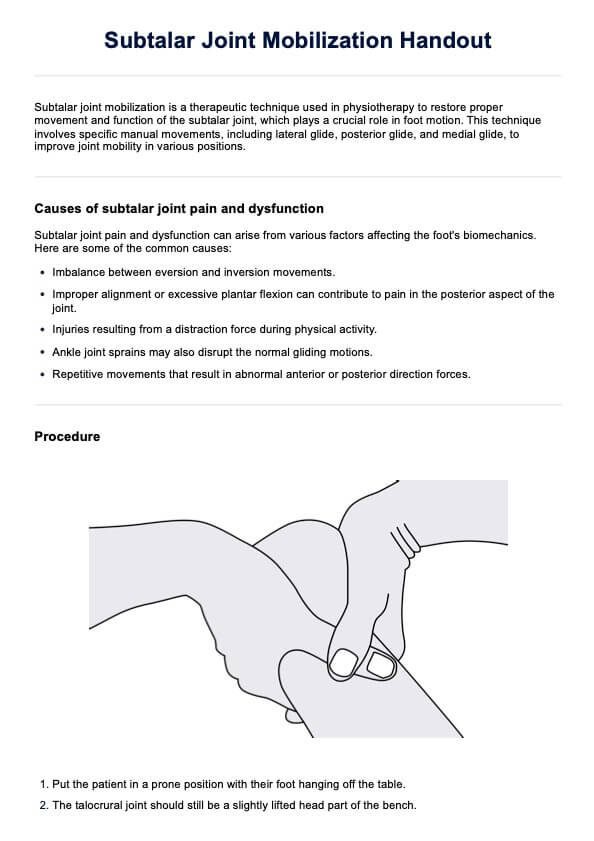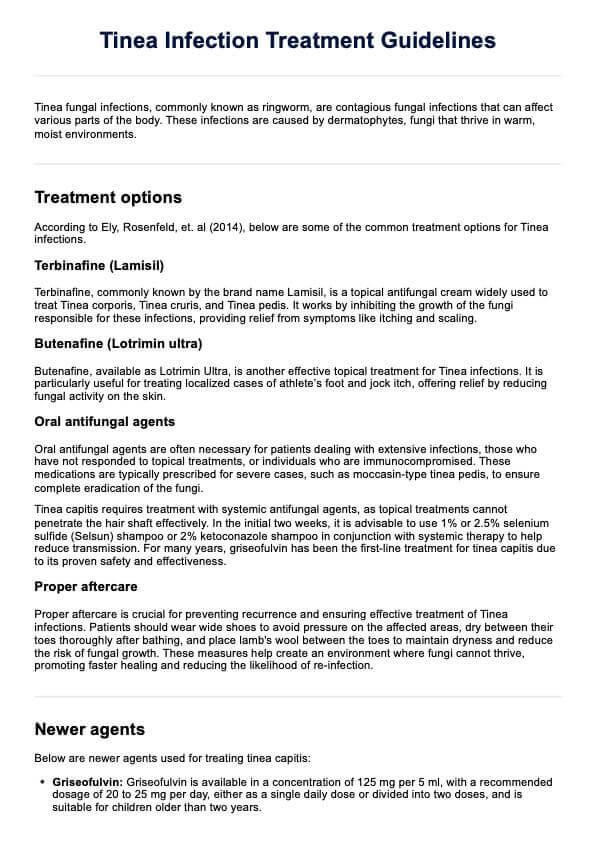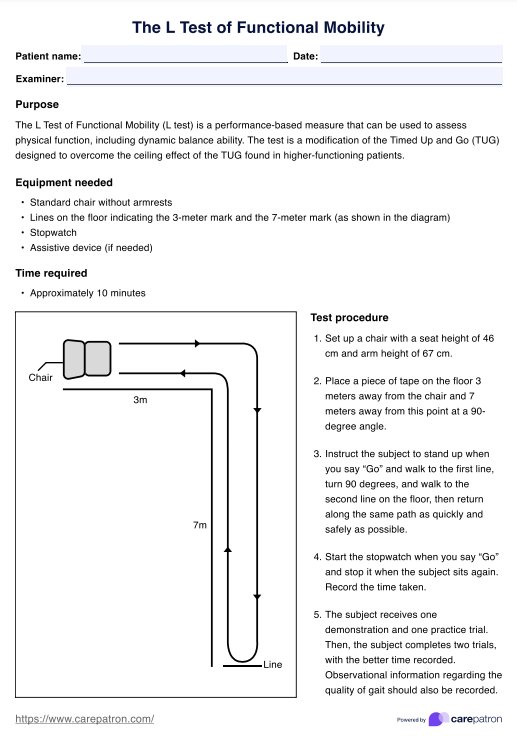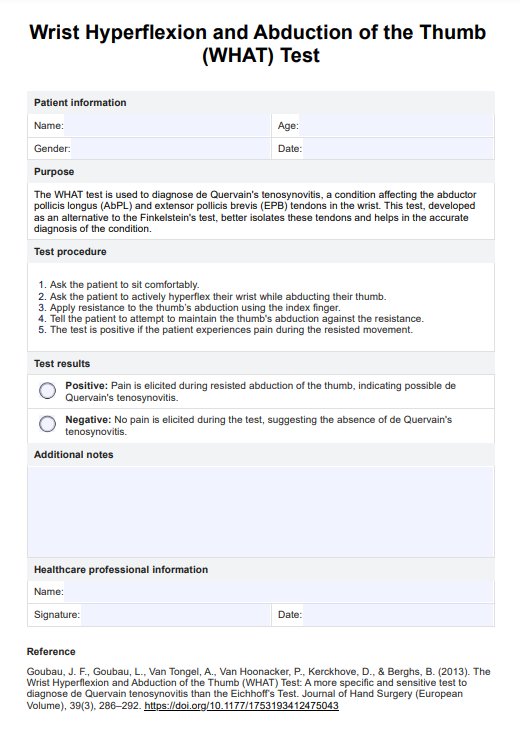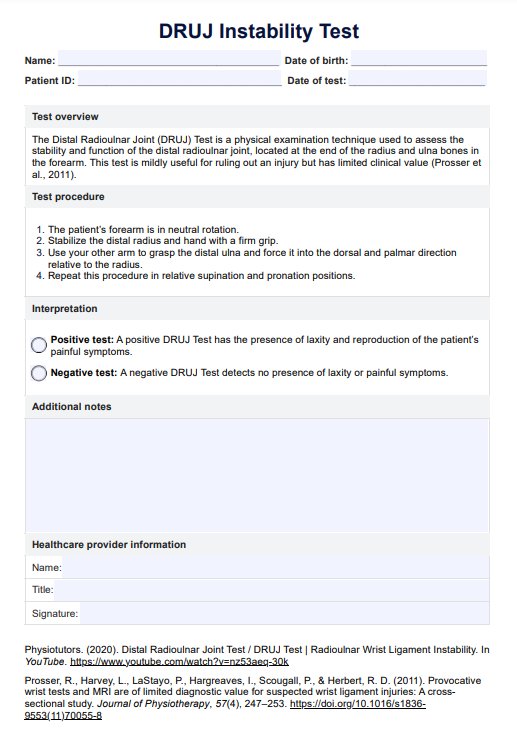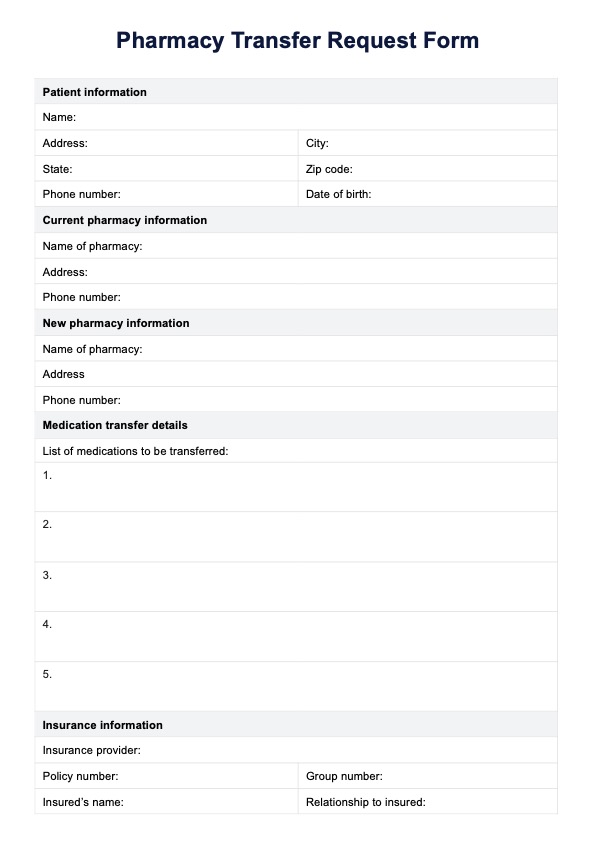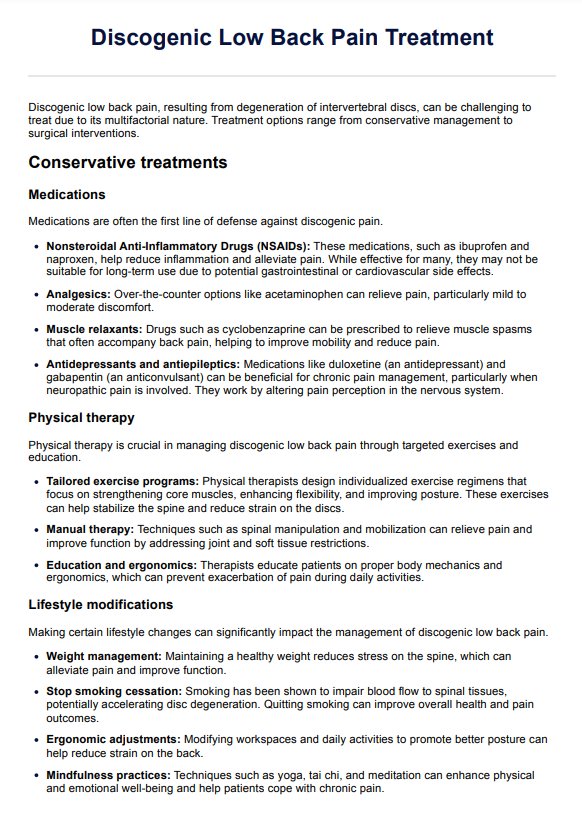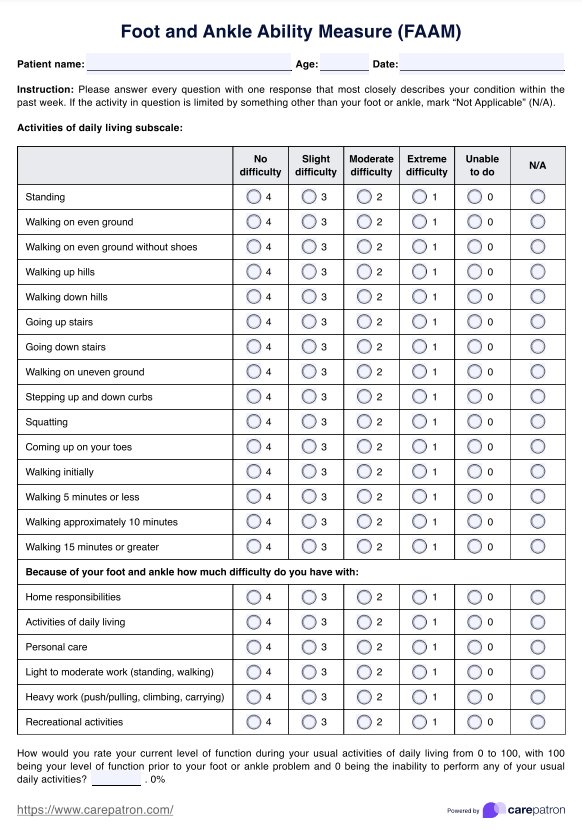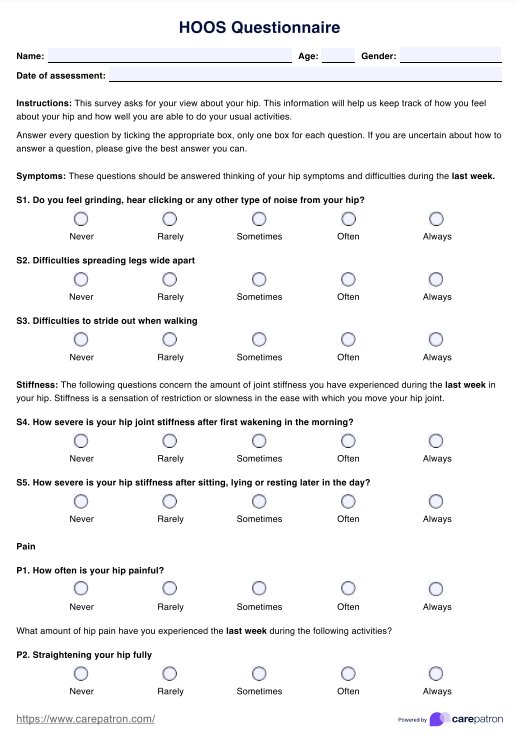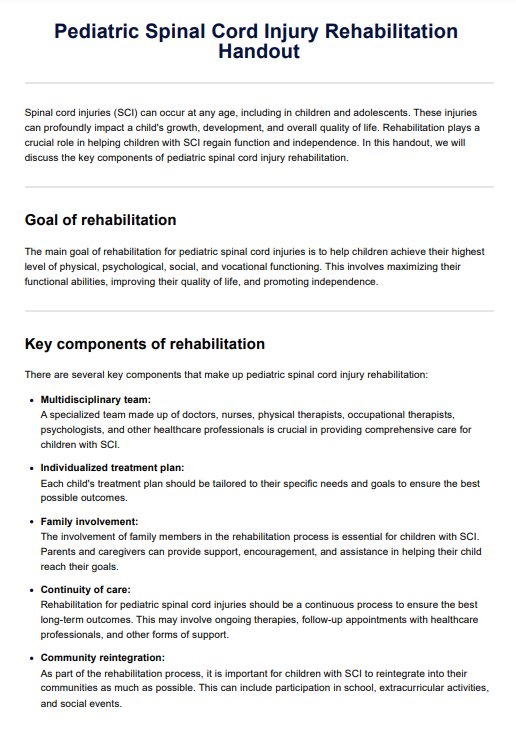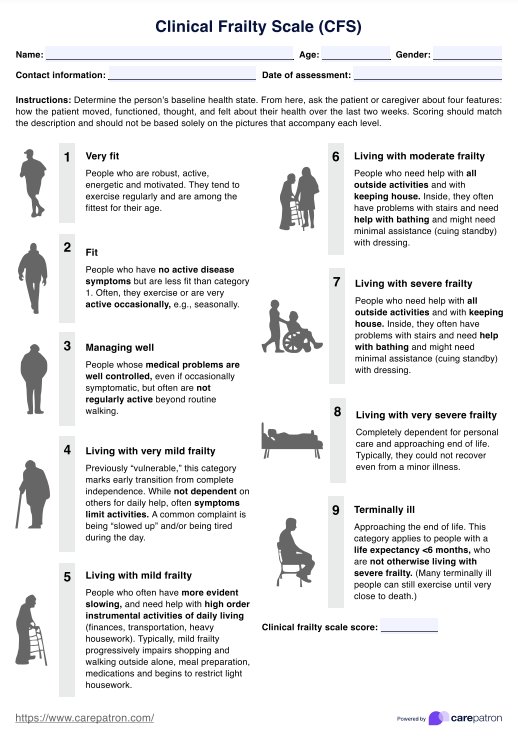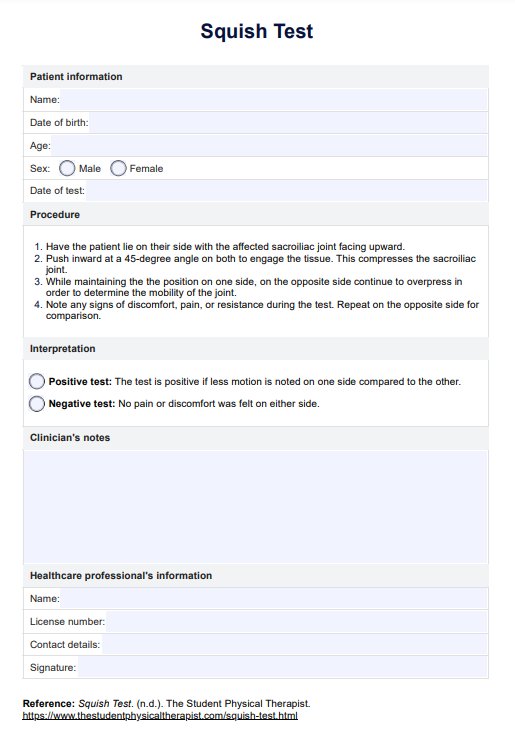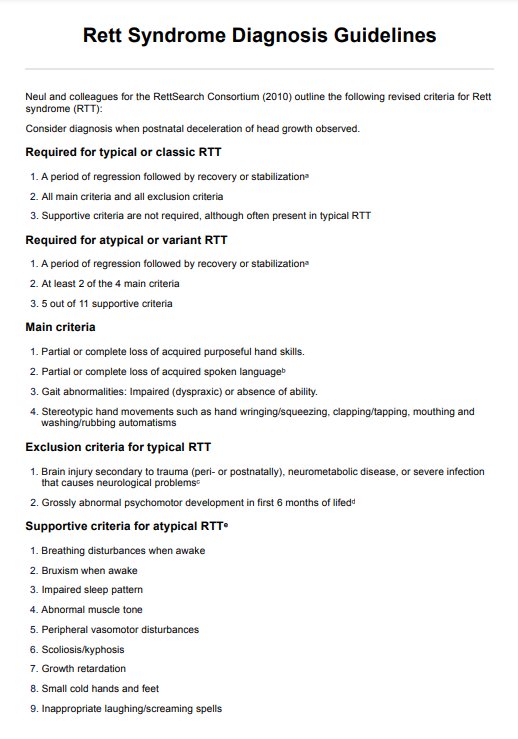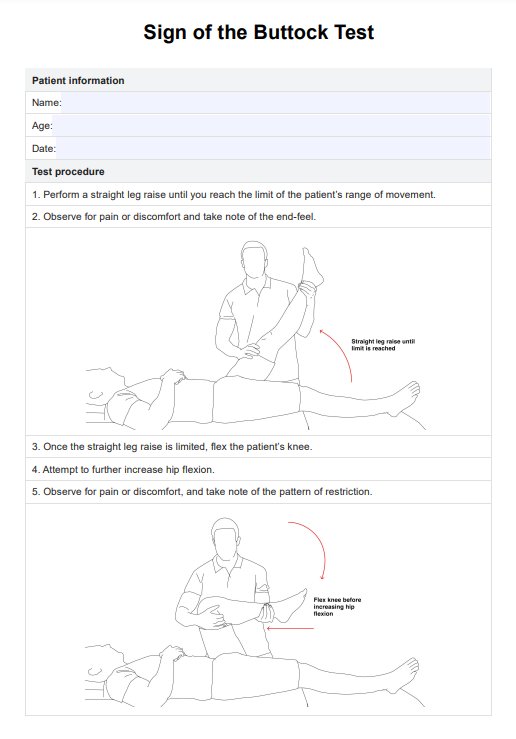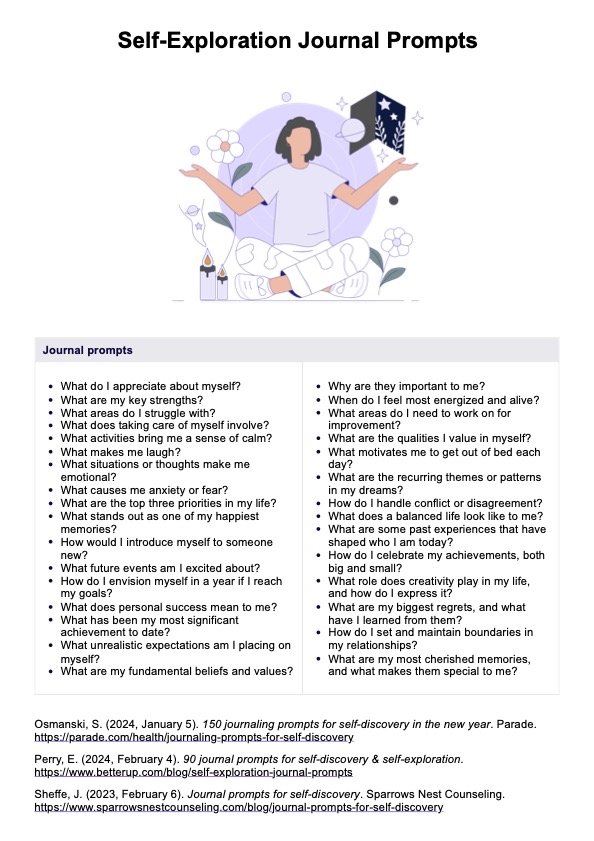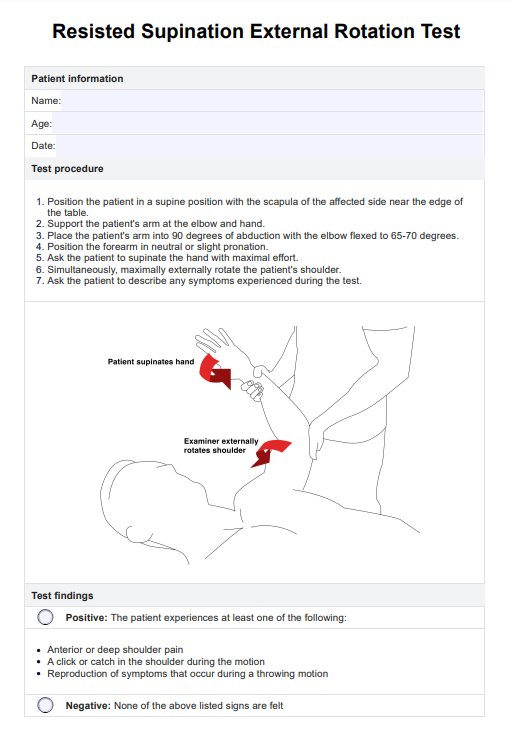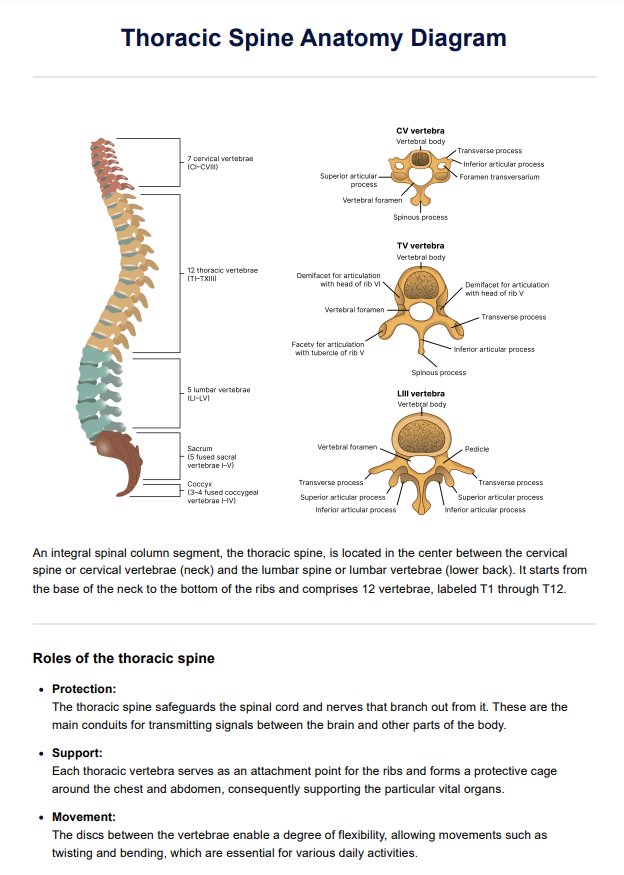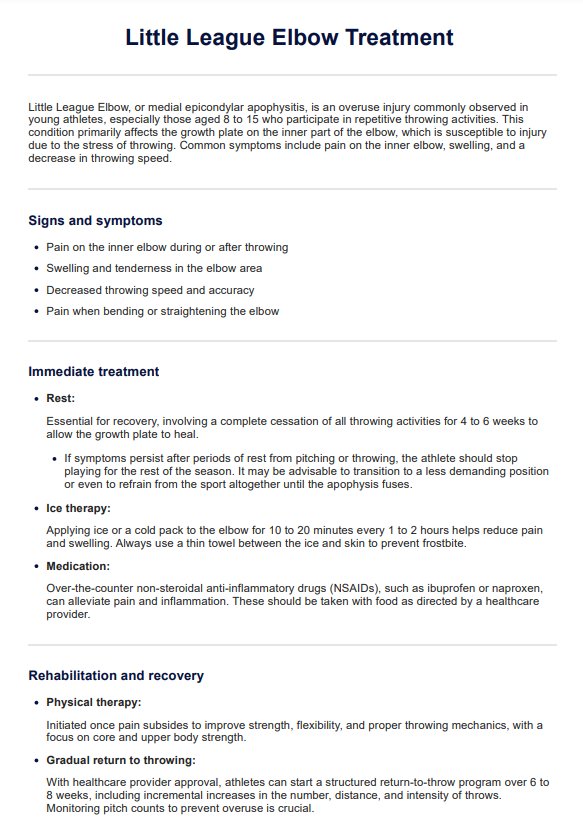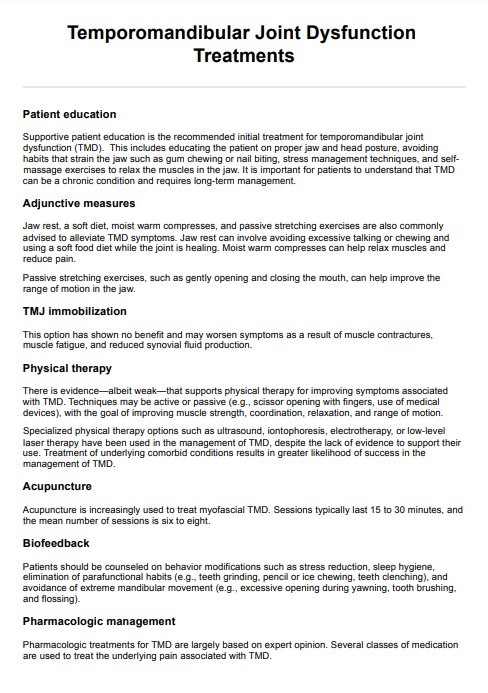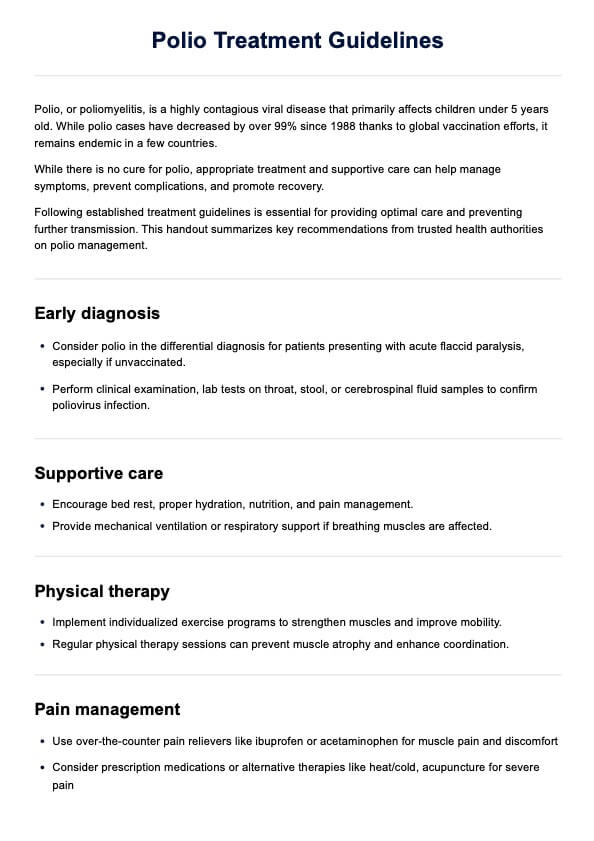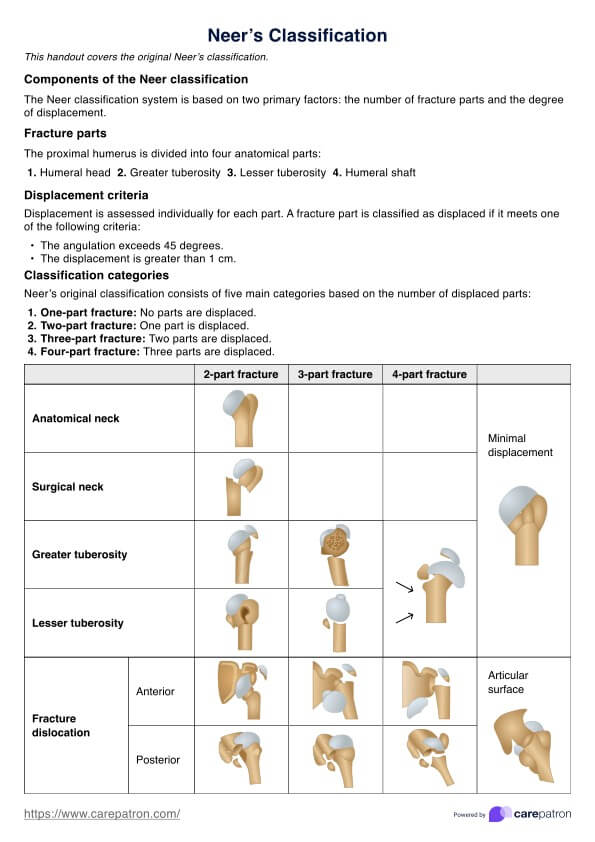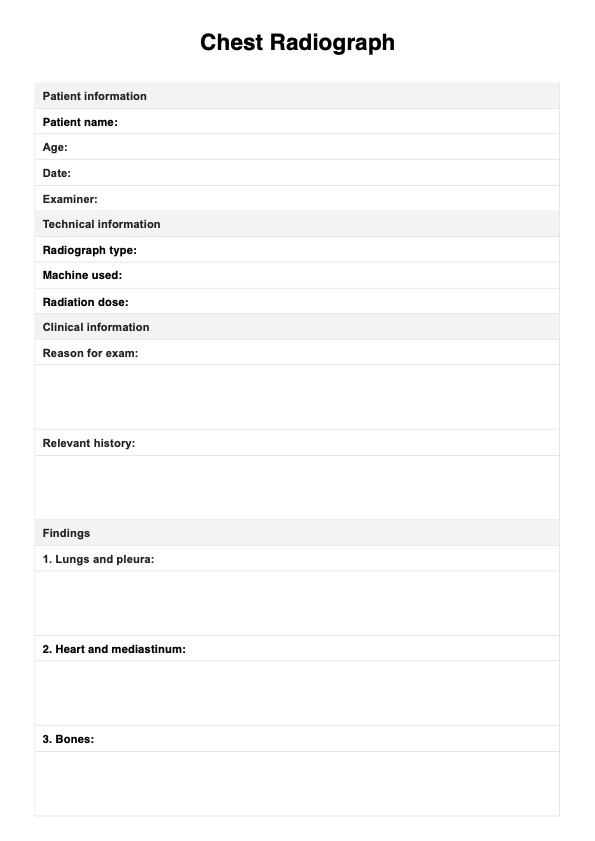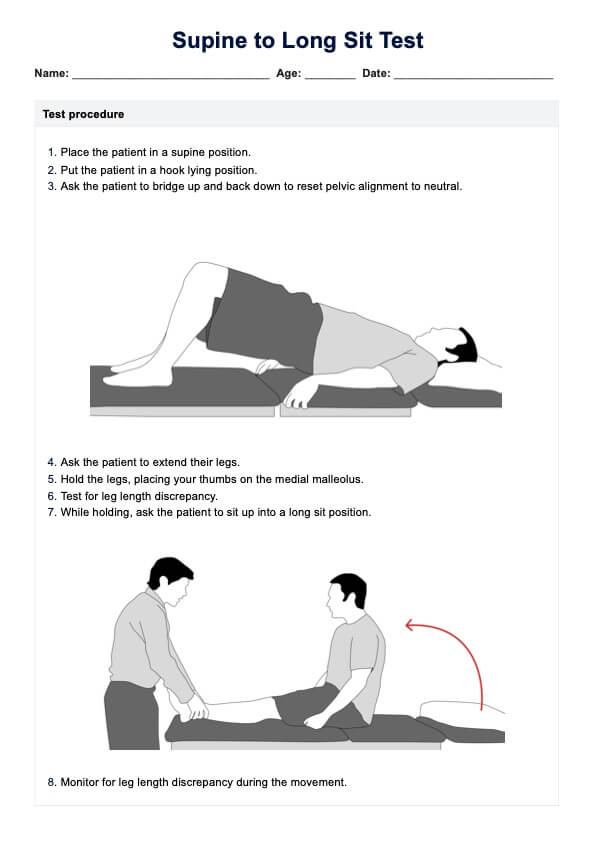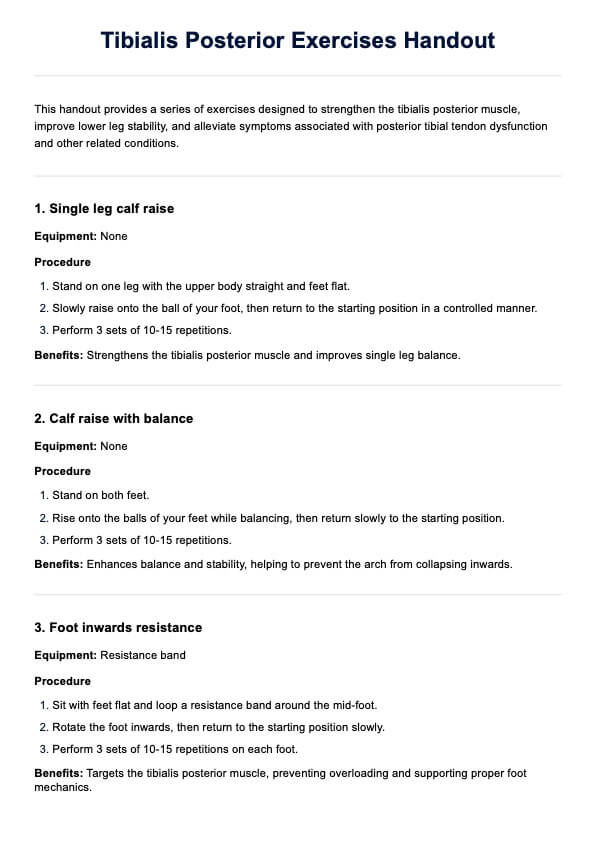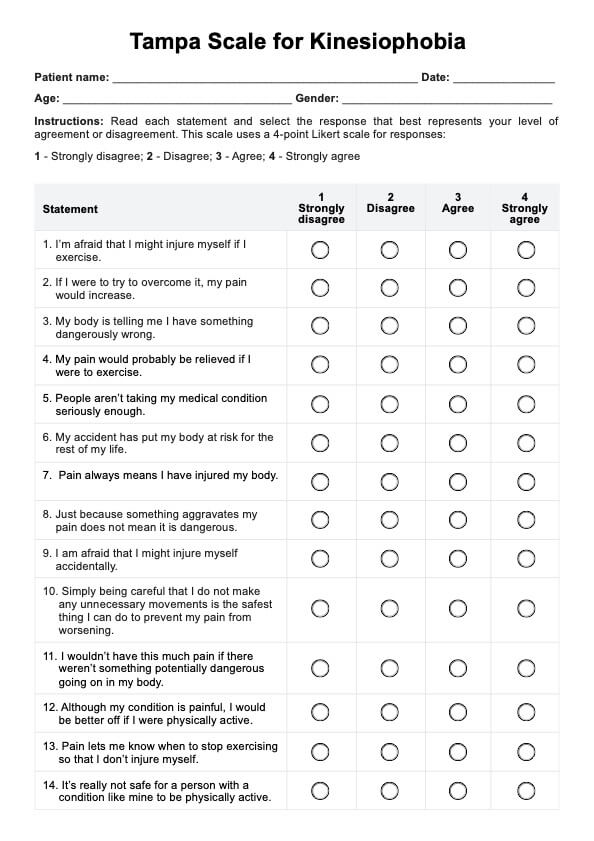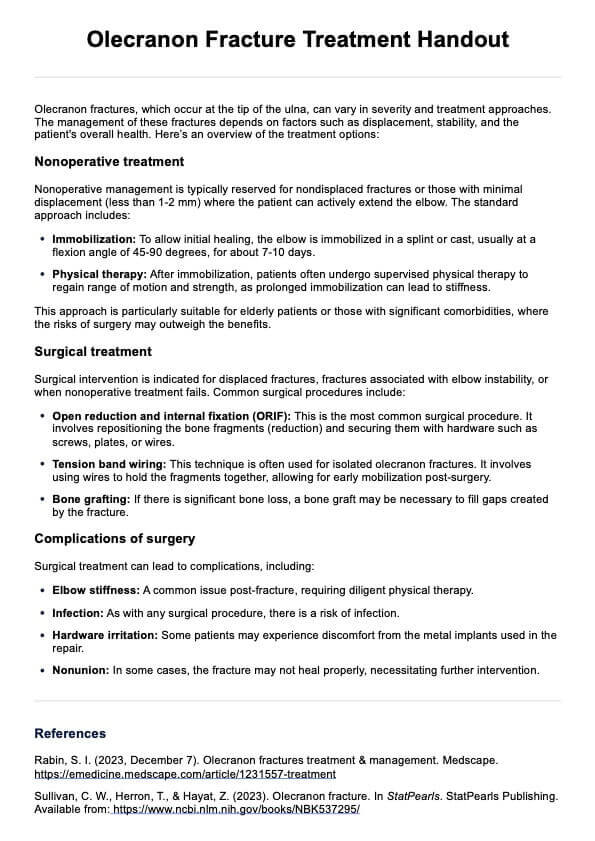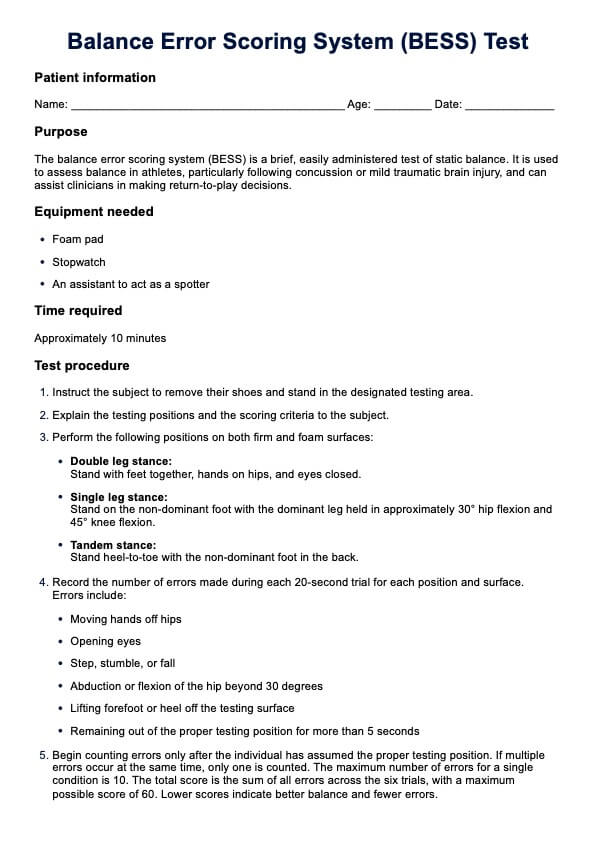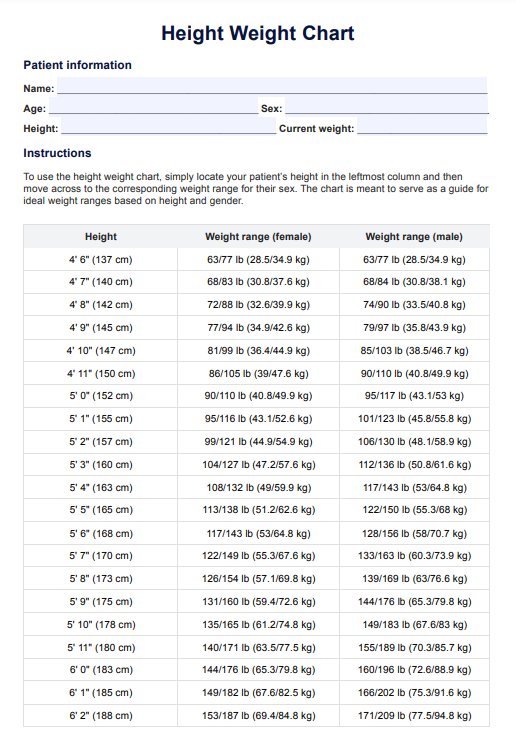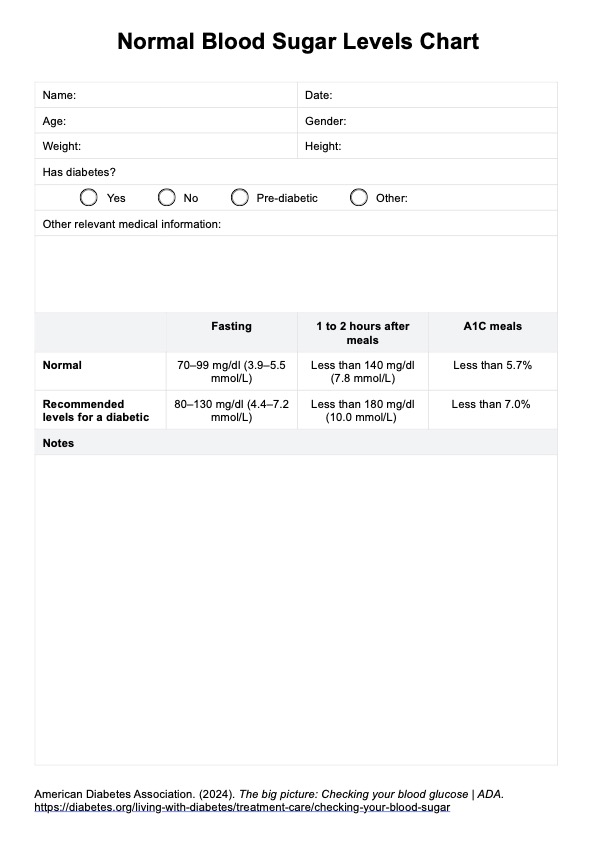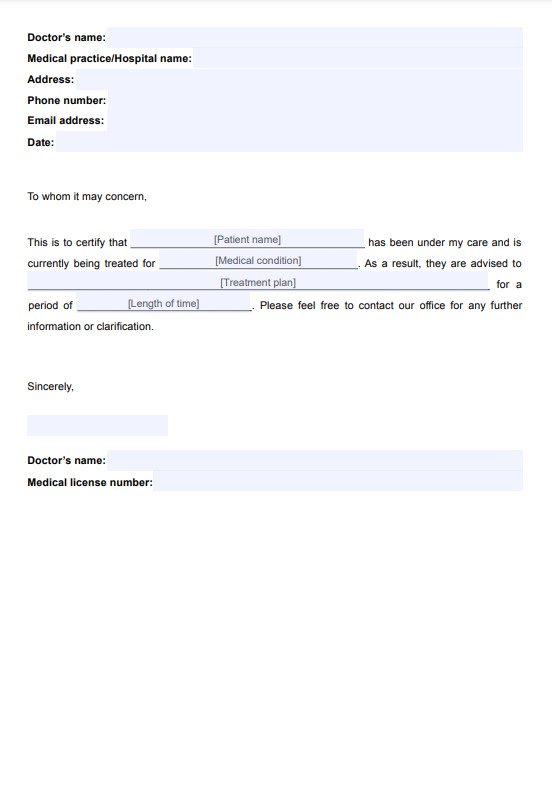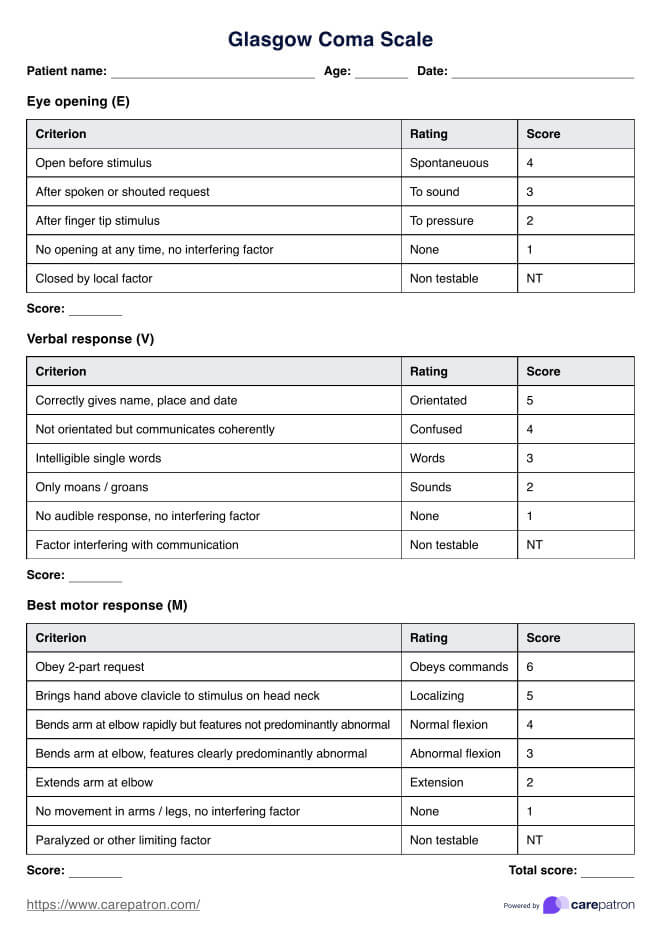CVA Nursing Care Plan
Download a comprehensive and customizable CVA Nursing Care Plan template, ideal for healthcare professionals.


What is a cerebrovascular accident (CVA) nursing care plan?
A cerebrovascular accident (CVA) represents a serious neurological event where brain tissue experiences compromised blood supply. This disruption occurs in two primary ways: through an ischemic stroke, where blood vessels become blocked, preventing adequate blood flow to brain tissue, or through a hemorrhagic stroke, where blood vessels rupture, causing bleeding within the brain (Tadi, et al., 2023).
A cerebrovascular accident nursing care plan is a structured framework for delivering comprehensive care to stroke patients. It encompasses detailed assessment parameters, nursing diagnoses, planned interventions, and expected outcomes tailored to each patient's specific needs.
The foundation of the care plan includes vital components such as monitoring vital signs, assessing neurological status, managing blood pressure targets, and preventing complications. Regular assessment of mental status, motor function, and speech capabilities helps track progress and identify any deterioration requiring immediate intervention.
The plan can address common post-stroke complications including the risk of skin breakdown, deep vein thrombosis, and increased intracranial pressure. Special attention is given to managing modifiable risk factors of conditions such as acute ischemic stroke and hemorrhagic stroke. This can include things such as blood pressure or blood flow control and stress management techniques.
CVA Nursing Care Plan Template
CVA Nursing Care Plan Example
How does our CVA Nursing Care Plan template work?
A CVA Nursing Care Plan template provides a systematic approach to documenting and managing stroke risk and helping patients navigate stroke symptoms. You can use this tool in your clinical practice by following these steps:
Step 1: Accessing the template
To begin using the CVA Nursing Care Plan, you can click on "Use template" or "Download" on this page. Click on "Use template" to open and modify it within the Carepatron platform, or click "Download" for a fillable PDF.
Step 2: Patient information and assessment
Begin by documenting basic patient demographics and detailed medical history. The assessment section captures both subjective data (patient/family reported symptoms, concerns, and experiences) and objective findings through standardized tests and measurements. This dual approach ensures a holistic understanding of the patient's condition and helps identify immediate care priorities, especially for cases of ischemic strokes and hemorrhagic strokes.
Step 3: Nursing diagnosis and goal setting
Based on the assessment data, formulate appropriate nursing diagnoses that reflect current and potential health issues. The template facilitates setting both short-term and long-term goals, allowing for systematic tracking of patient progress.
Step 4: Intervention planning and rationale
Document specific nursing interventions with corresponding rationales. This section serves as a guide for consistent care delivery and helps ensure that all team members understand the purpose behind each intervention.
Step 5: Evaluation and documentation
Complete the care plan by documenting the effectiveness of interventions and patient responses. The evaluation section, combined with additional notes, provides a comprehensive picture of the patient's progress and any necessary care plan modifications.
When would you use this template?
A CVA Nursing Care Plan is an essential documentation and care management tool during various stages of stroke care. Understanding when this resource is appropriate is crucial for ensuring effective, individualized patient care.
Acute stroke presentation
The template becomes invaluable immediately upon patient admission with symptoms of acute stroke, particularly when presenting with a sudden severe headache, potential neurological deficits, or compromised blood supply to brain tissue. During this critical phase, the National Institutes of Health Stroke Scale can be used to quantify the severity of deficits and guide immediate intervention priorities.
Early hospital course
Implementation continues throughout the acute stroke care phase when monitoring cerebral perfusion and managing complications becomes crucial. The template helps track vital changes, especially in cases involving blood clots, affected side of the body weakness, or complications like deep vein thrombosis.
Rehabilitation phase
During recovery, the template guides the management of ongoing challenges such as excessive cardiac workload and compromised blood vessels. It becomes particularly valuable for documenting the range of motion progress and incorporating patient and partner focus in care planning. The structured format ensures continuity of care across various healthcare providers while maintaining comprehensive documentation of progress and setbacks.
In long-term care facilities
For patients who have moved to long-term care facilities post-stroke, this template aids in continuously monitoring and managing their condition. It ensures that all aspects of care, including prevention of complications and promotion of independence, are addressed comprehensively.
For patient and family education
The CVA Nursing Care Plan is also an excellent educational tool for patients and their families. It helps explain the patient's condition, the care being provided, and what can be expected regarding recovery and rehabilitation.
In-home care settings
For healthcare providers offering home care services to stroke patients, the template provides a structured approach to assessing and meeting the patient's needs in a home environment. It ensures the care plan is tailored to suit the patient's home setting and available support.
For continuity of care
When a stroke patient is transferred between facilities or to a different care team, the template serves as a comprehensive document that ensures continuity of care. It gives the new care team detailed insights into the patient's condition, past interventions, and future care needs.
In summary, the CVA Nursing Care Plan is a versatile resource that can be employed in various healthcare settings. Its use is appropriate whenever a systematic, patient-centered approach is needed to manage and document the care of stroke patients. With this template, healthcare providers can enhance the quality of care, ensure consistency in treatment, and support the overall recovery and well-being of stroke patients.
Reference
Tadi, P., Lui, F., & Budd, L. A. (2023, August 17). Acute stroke (nursing). PubMed; StatPearls Publishing. https://www.ncbi.nlm.nih.gov/books/NBK568693/
Commonly asked questions
A cerebrovascular accident (CVA), commonly known as a stroke, occurs when blood flow to a part of the brain is interrupted, either due to a blockage (ischemic stroke) or the rupture of a blood vessel (hemorrhagic stroke). Ischemic strokes are often caused by blood clots or plaque buildup, while hemorrhagic strokes result from bleeding in the brain. Both types can lead to significant brain damage and long-term disability if not treated promptly.
Writing a care plan for a stroke patient involves assessing the patient’s specific needs and setting clear, measurable goals for recovery. The plan should include interventions such as monitoring vital signs, administering medications as prescribed, facilitating rehabilitation therapies (physical, occupational, and speech therapy), and providing education to the patient and family about stroke management and prevention strategies.
The goals of nursing for a patient with a stroke focus on promoting recovery, preventing complications, and enhancing quality of life. Key objectives include monitoring neurological status, managing risk factors (such as blood pressure and cholesterol), supporting rehabilitation efforts, educating the patient and family about lifestyle changes, and providing emotional support to help cope with the psychological impacts of the stroke.


